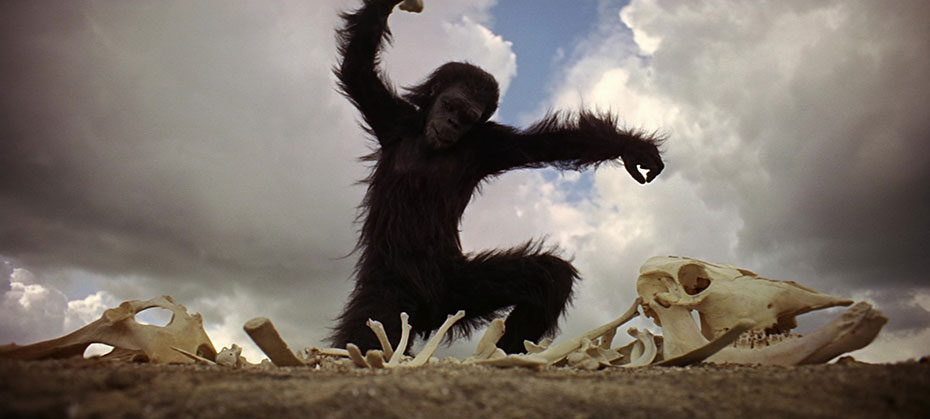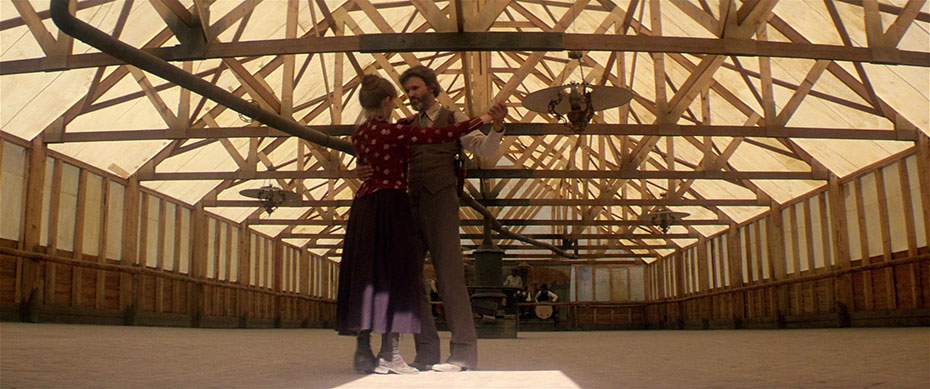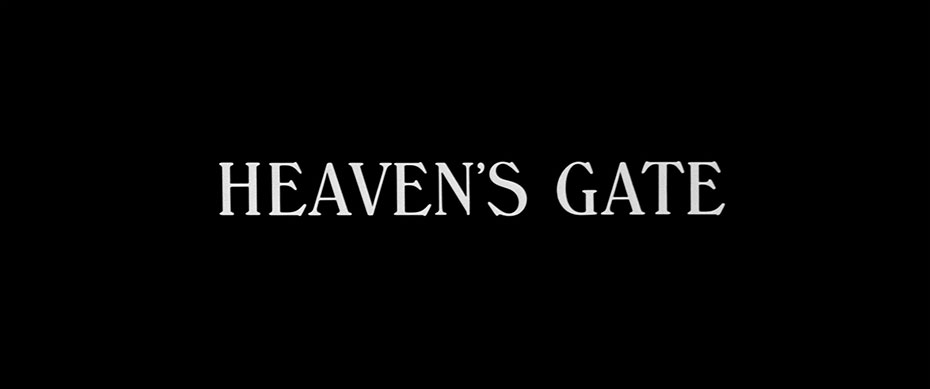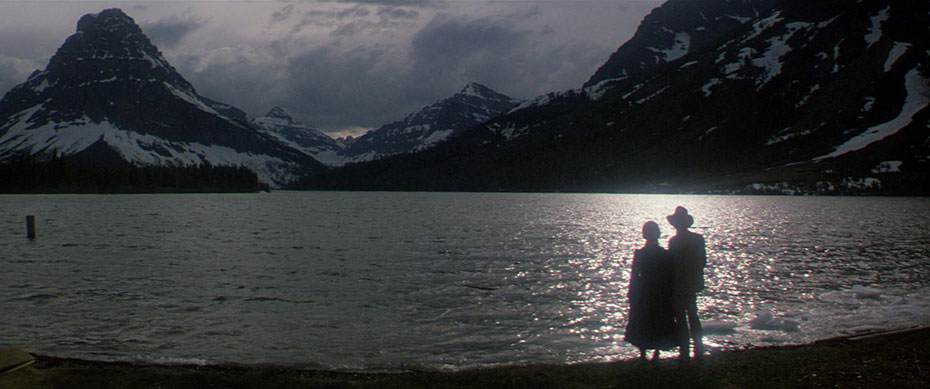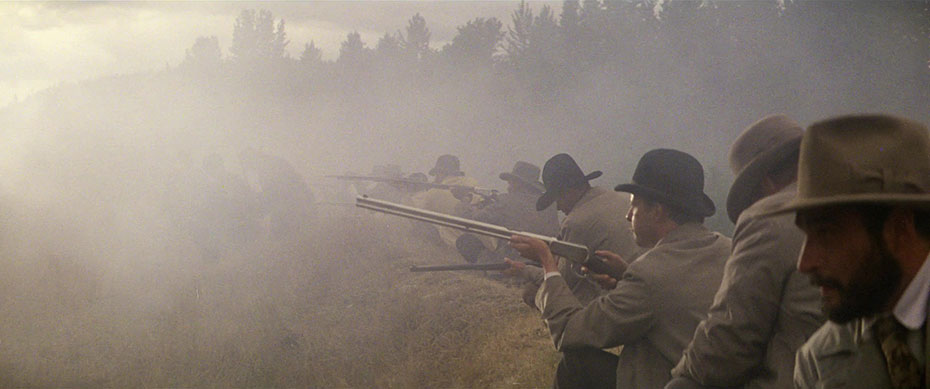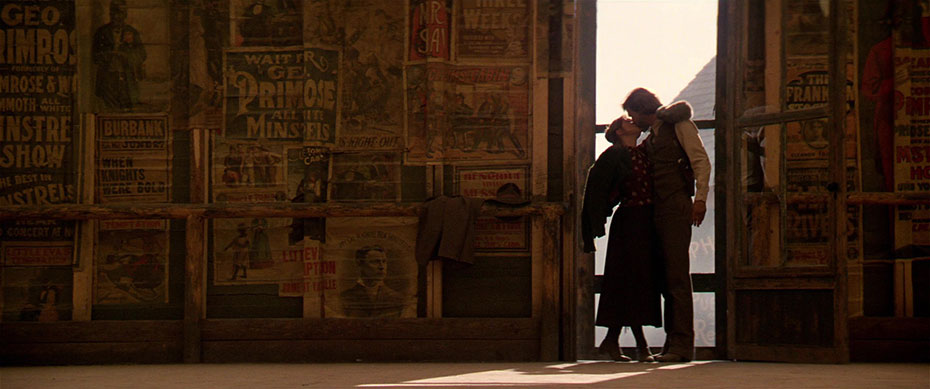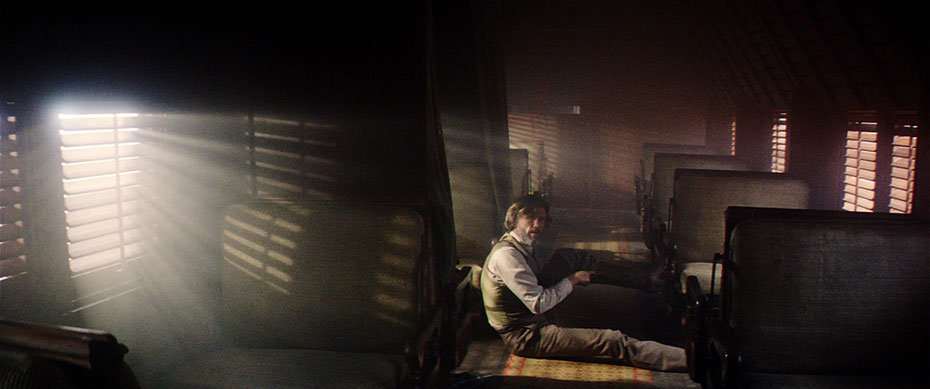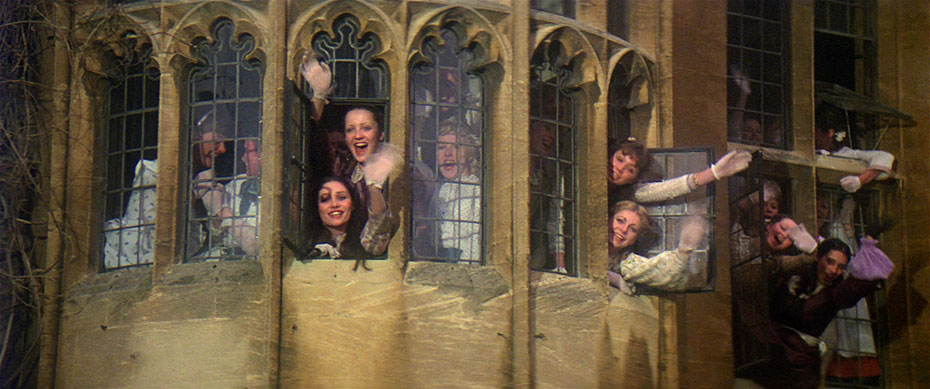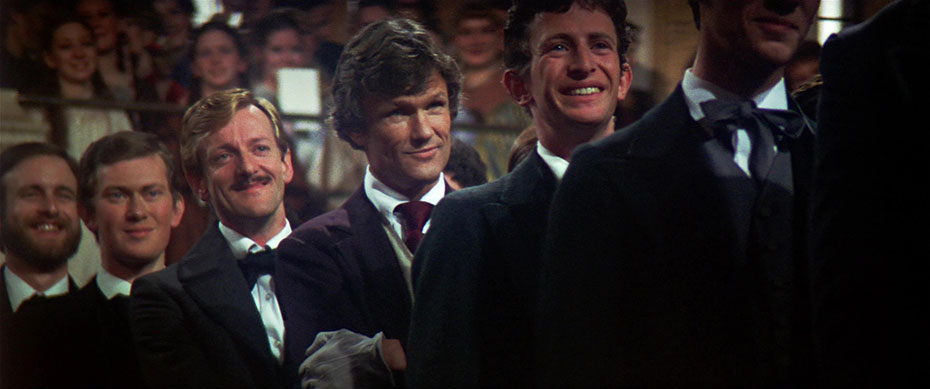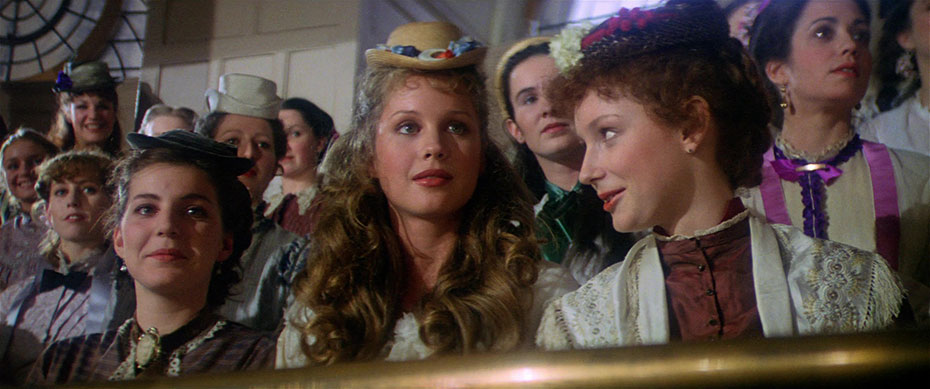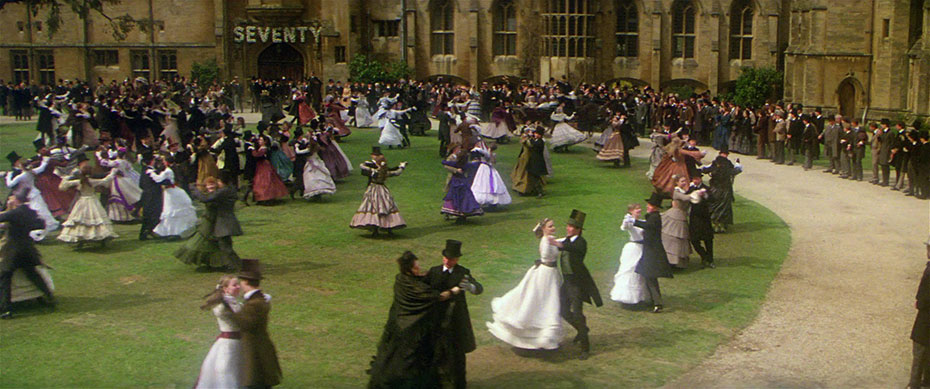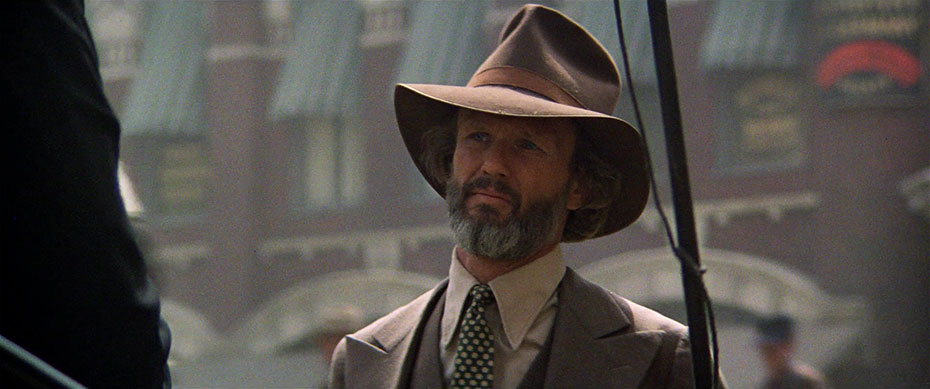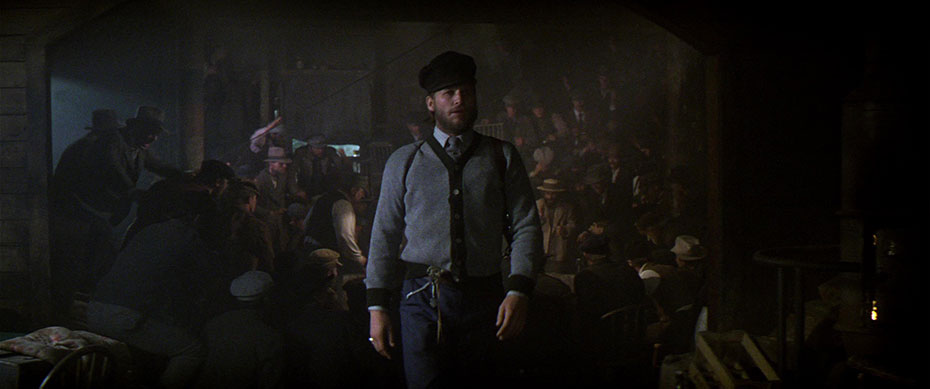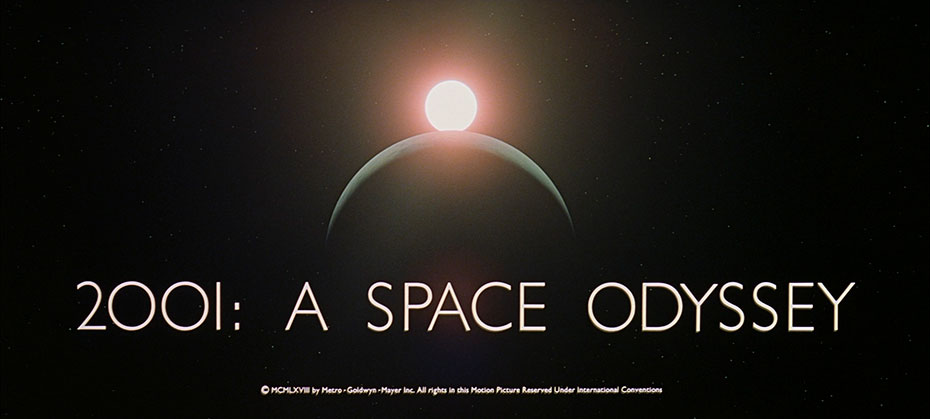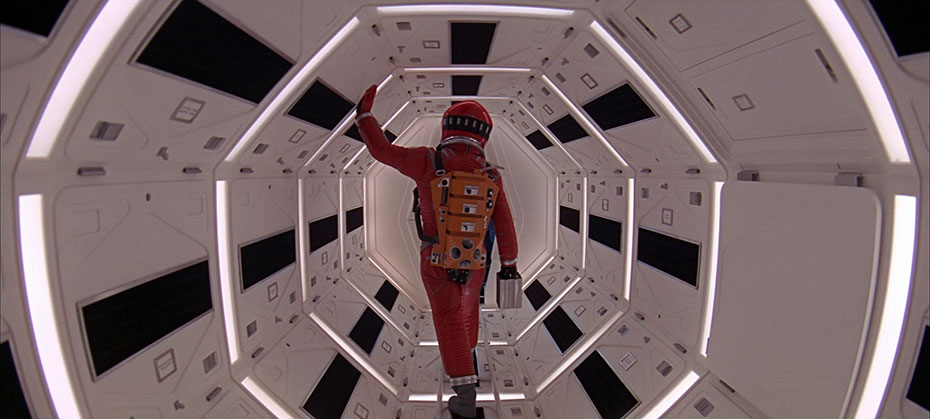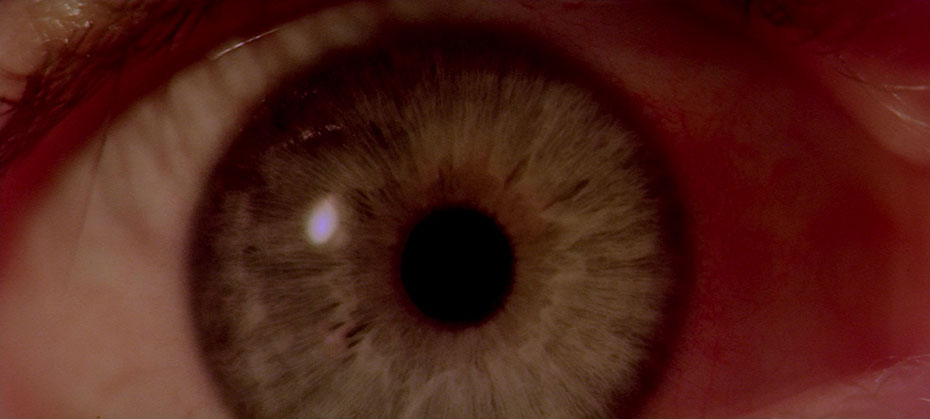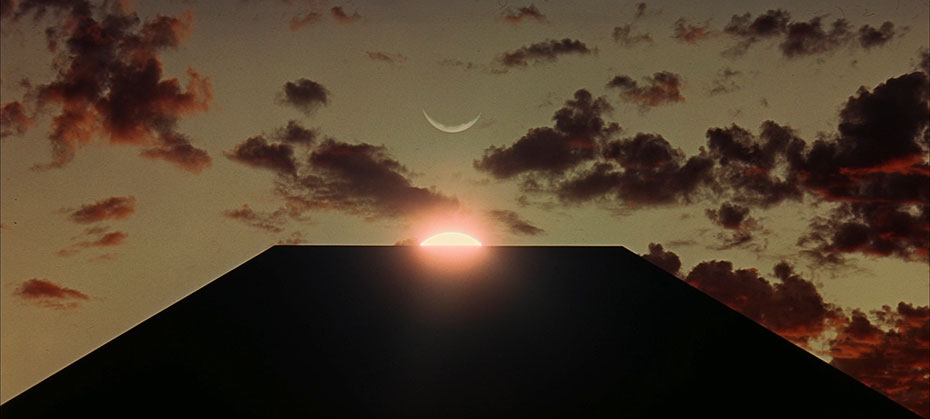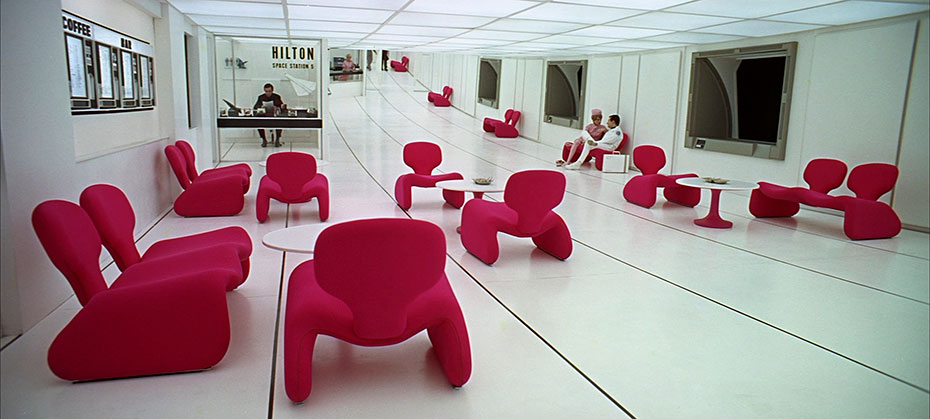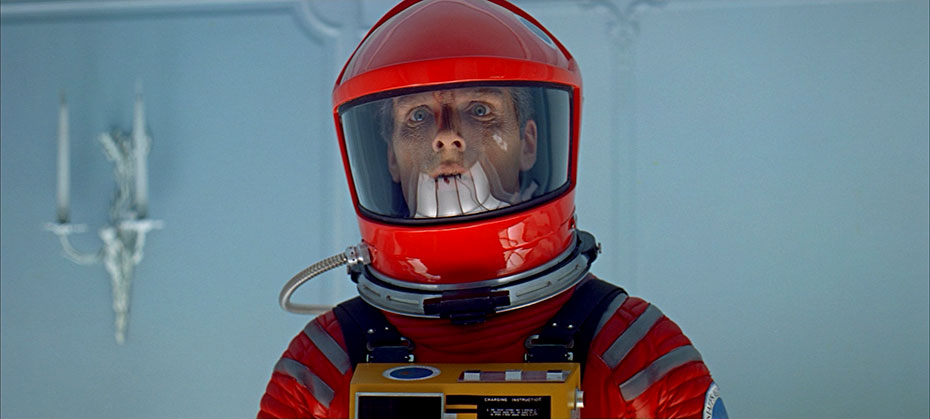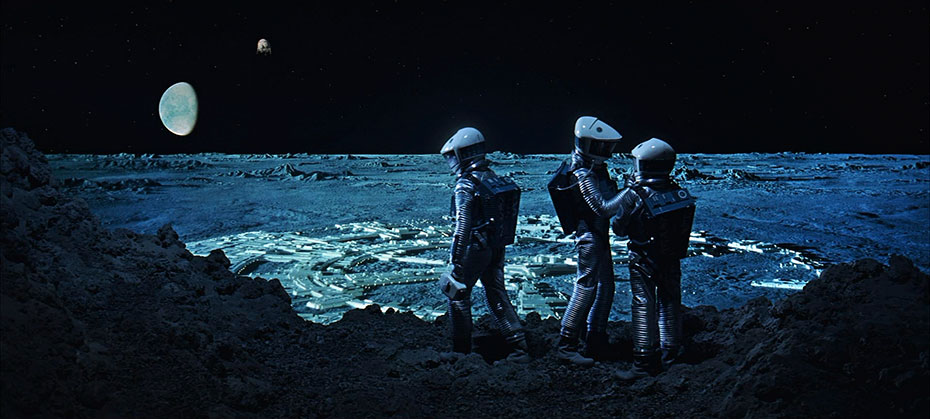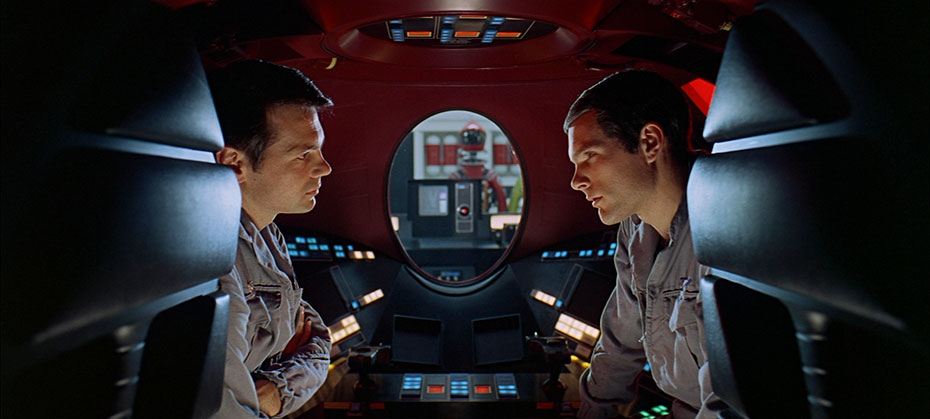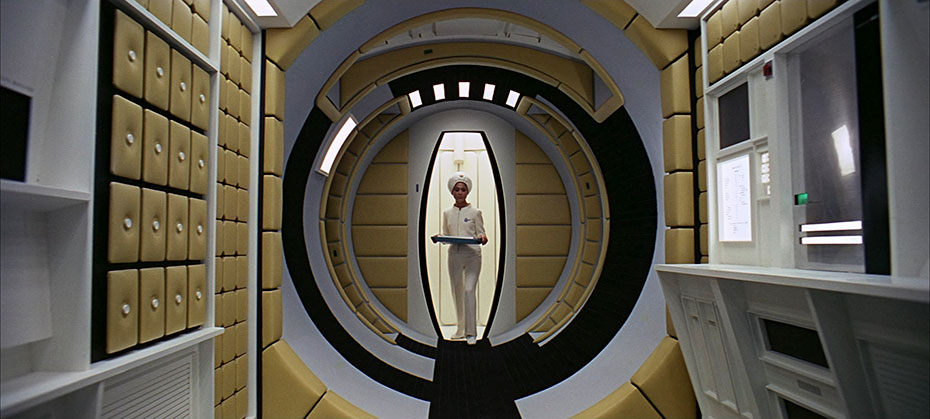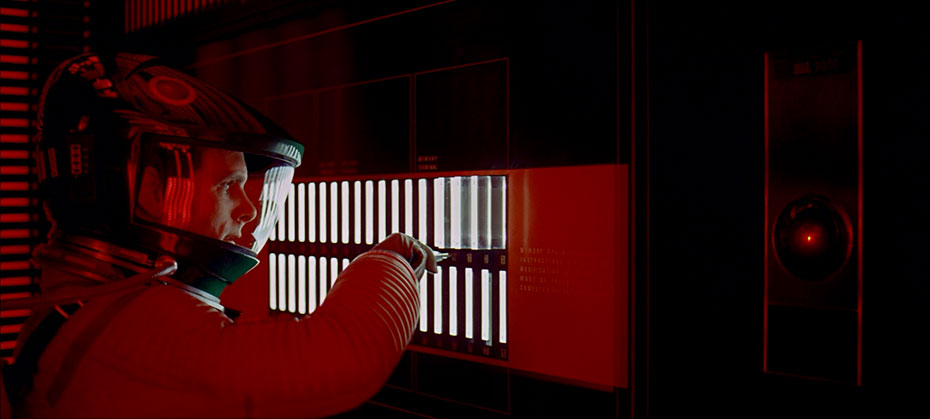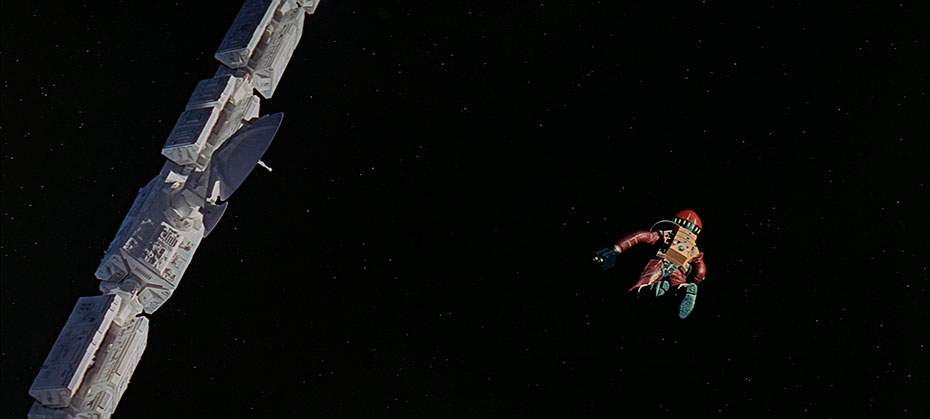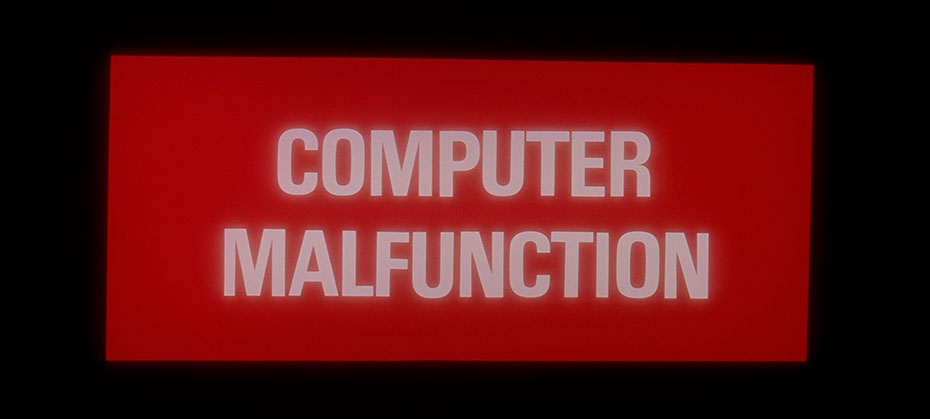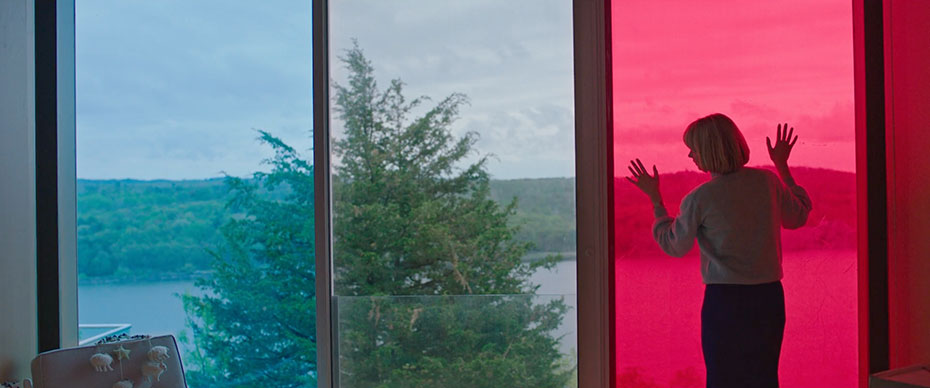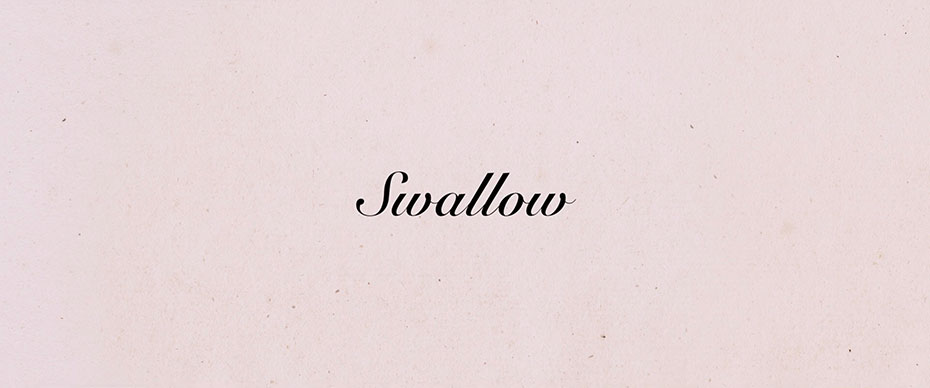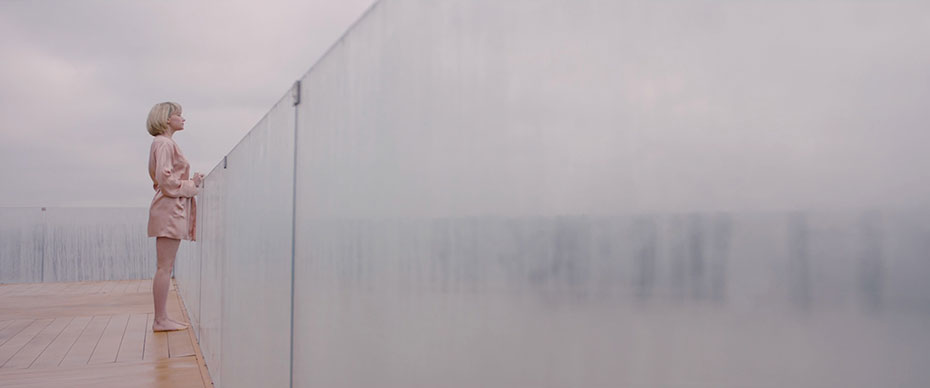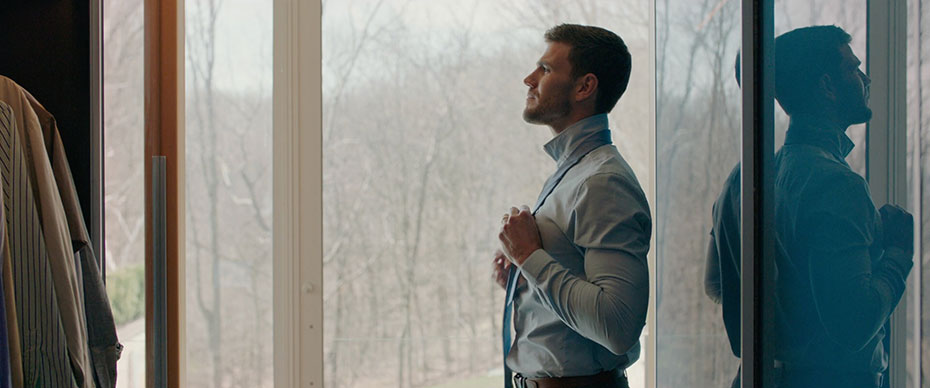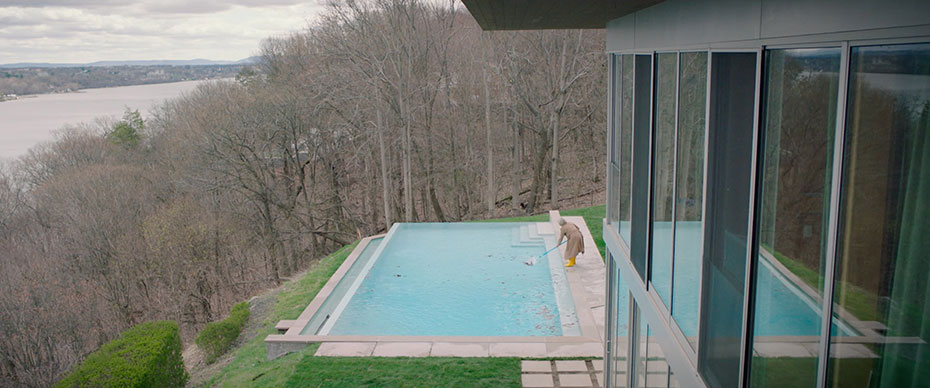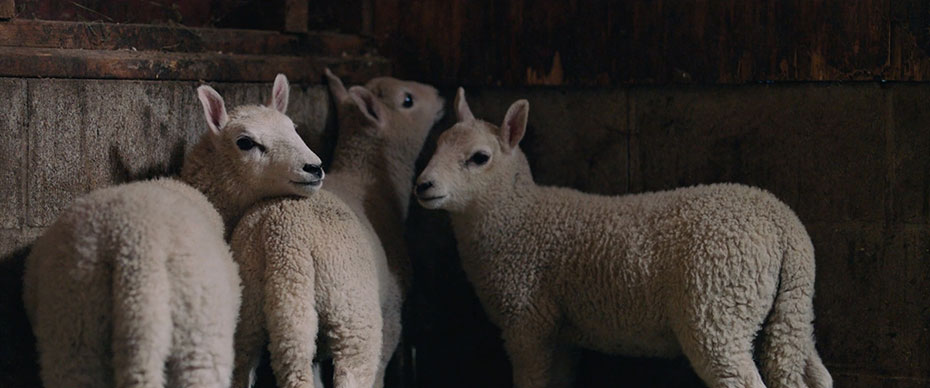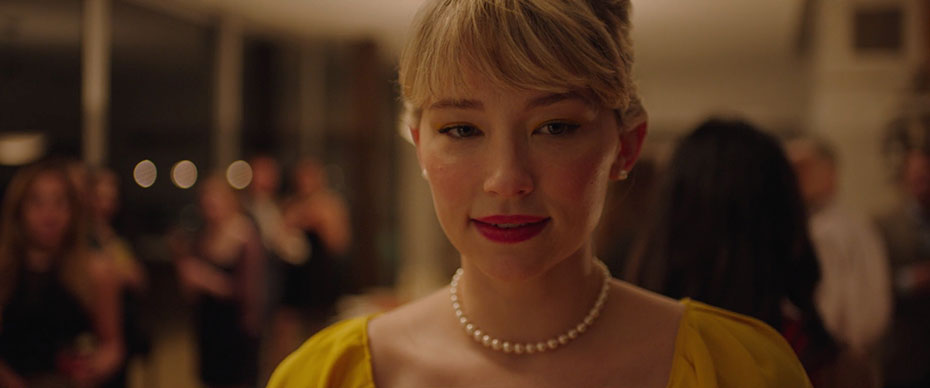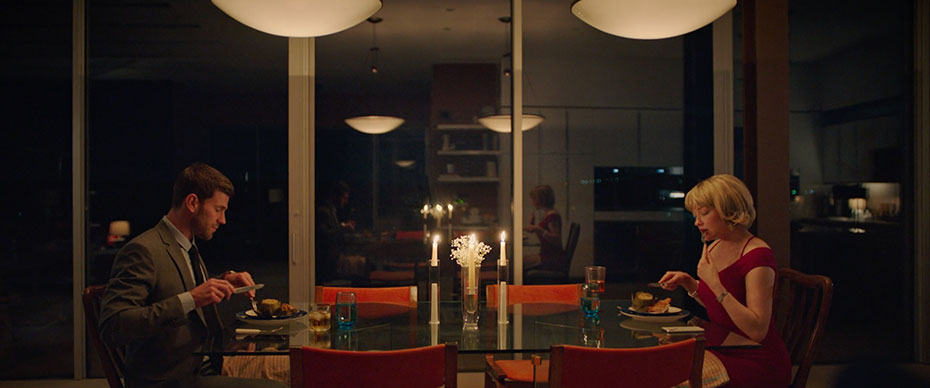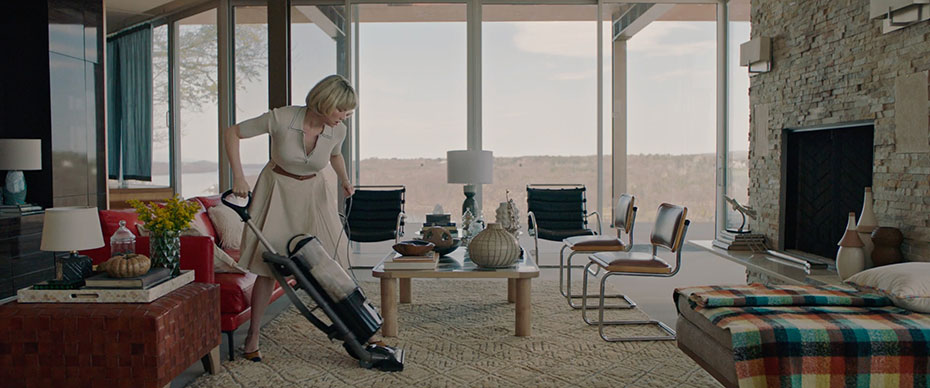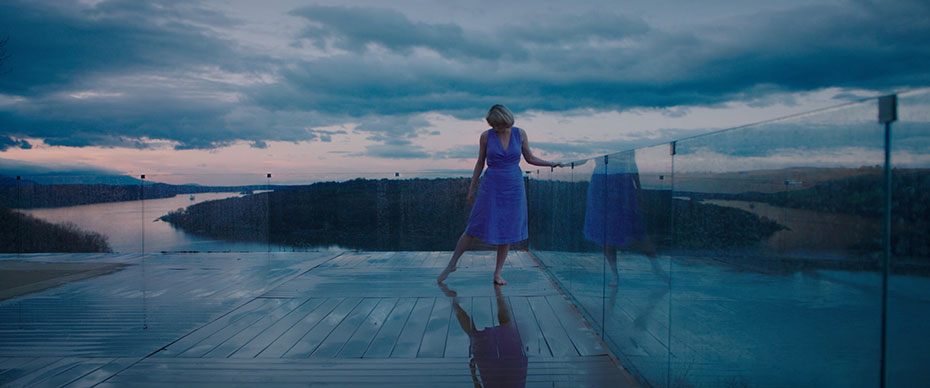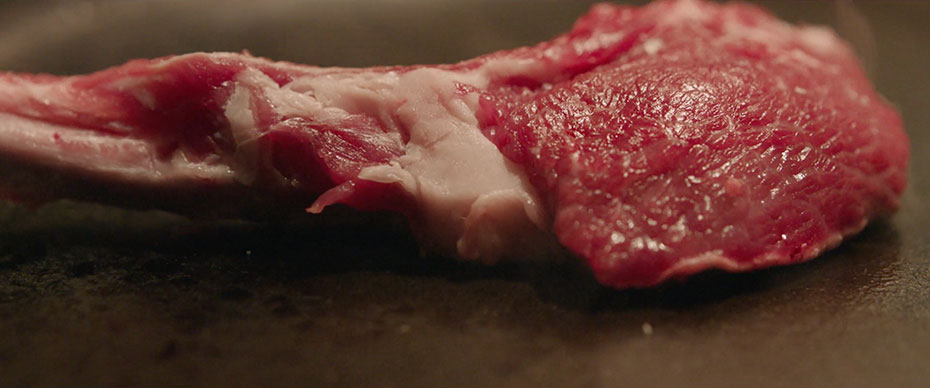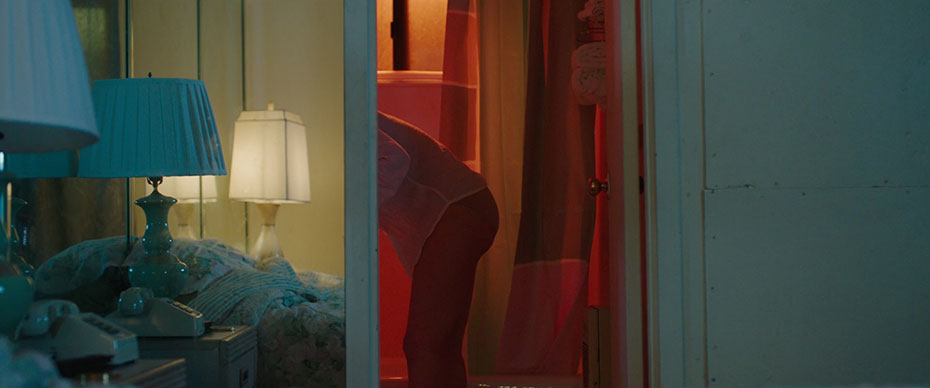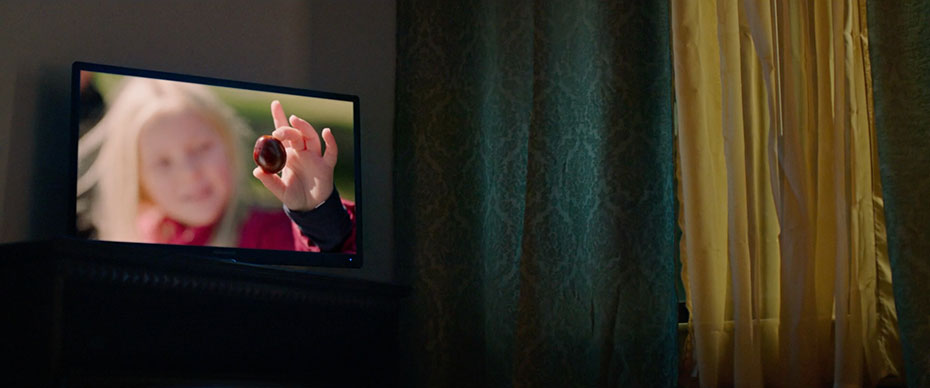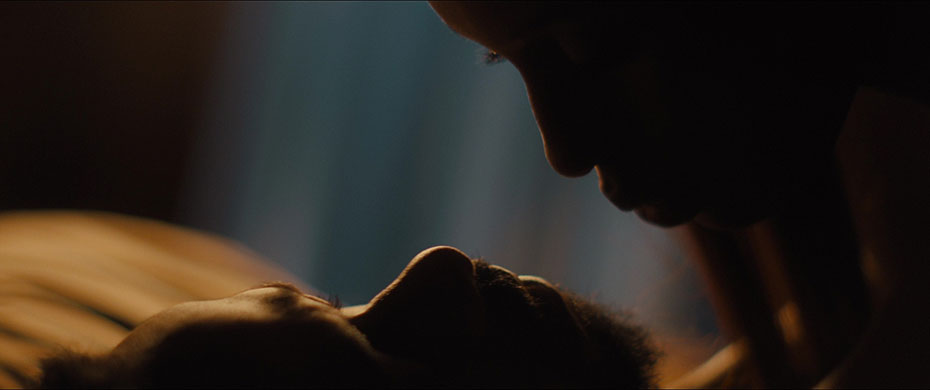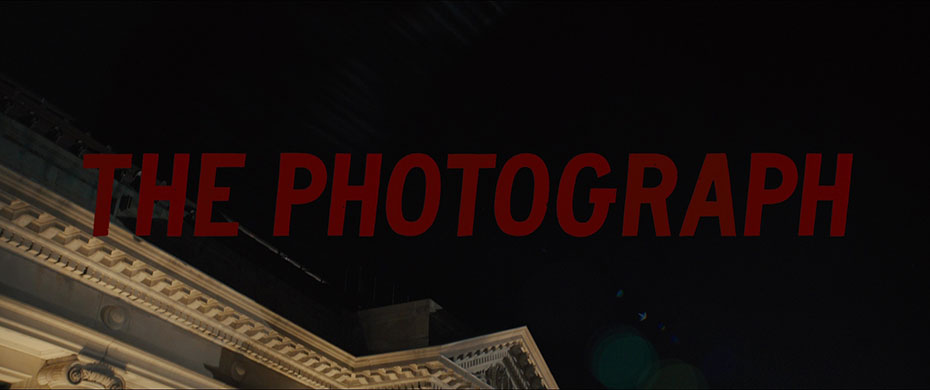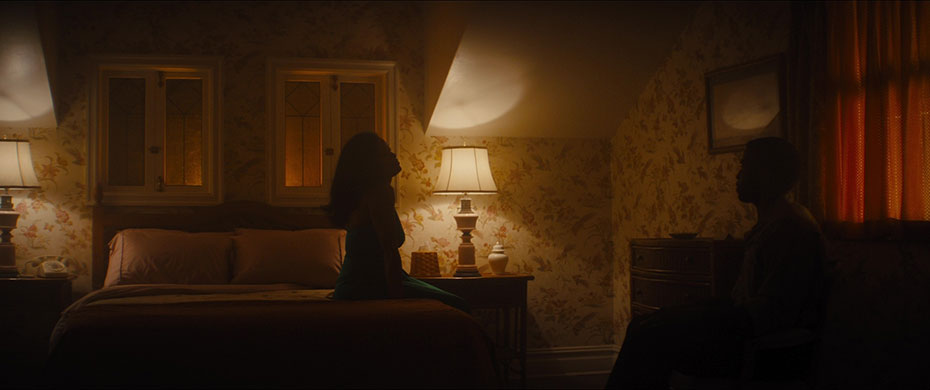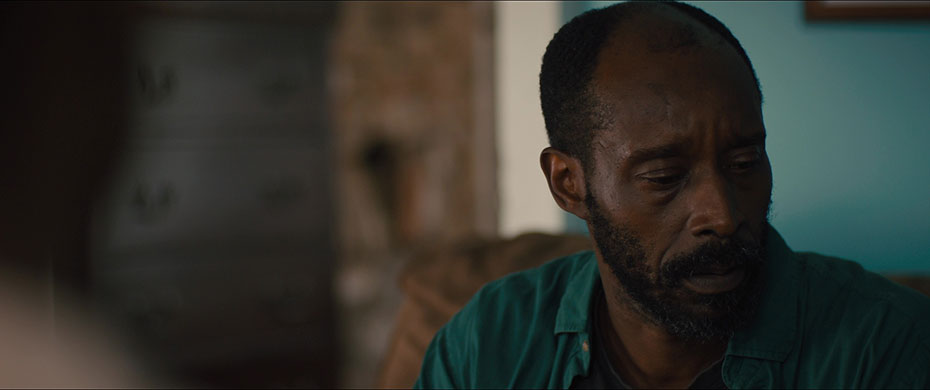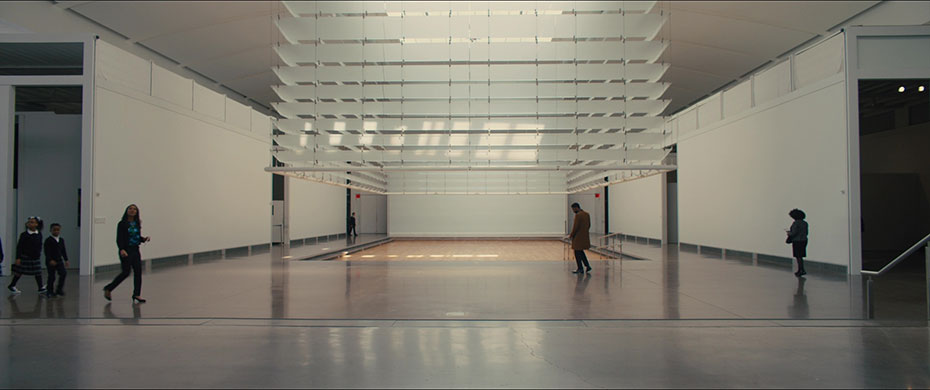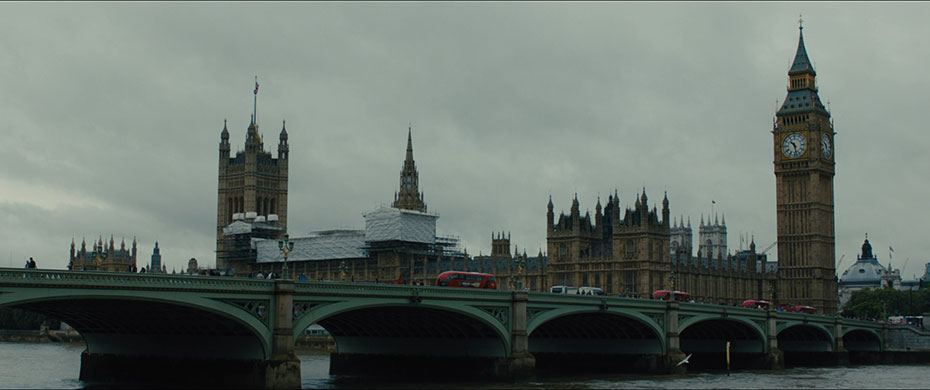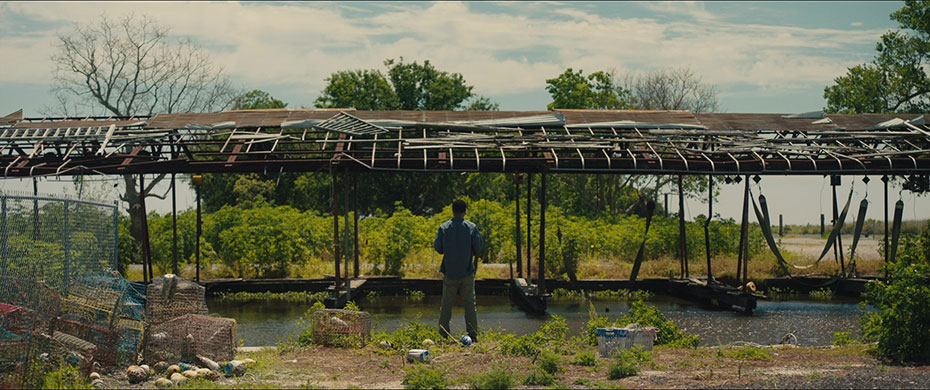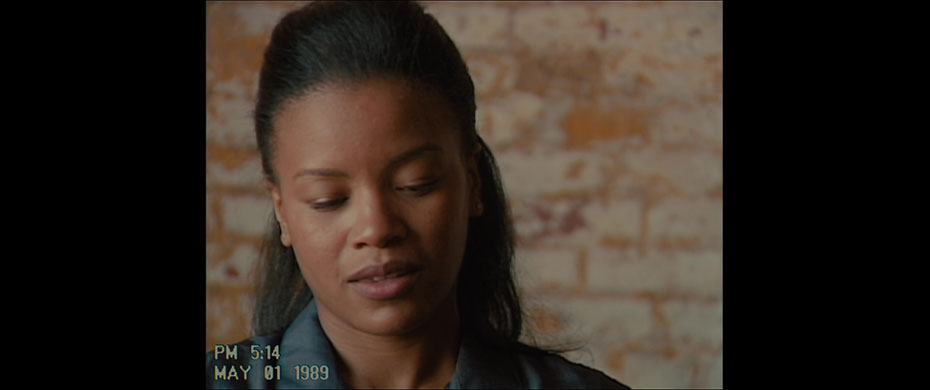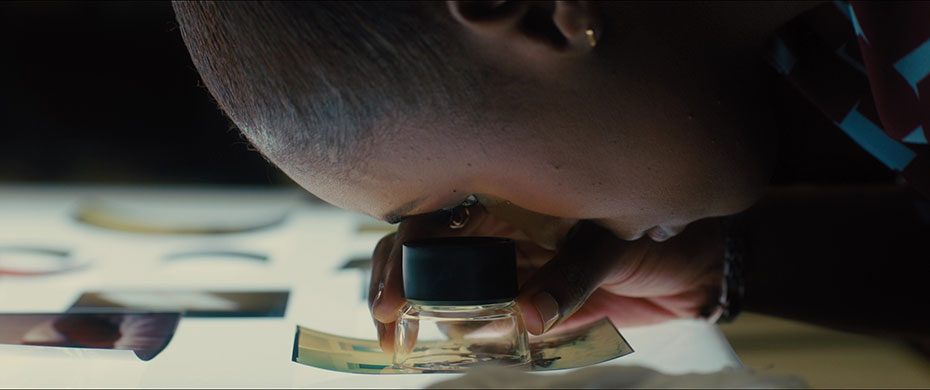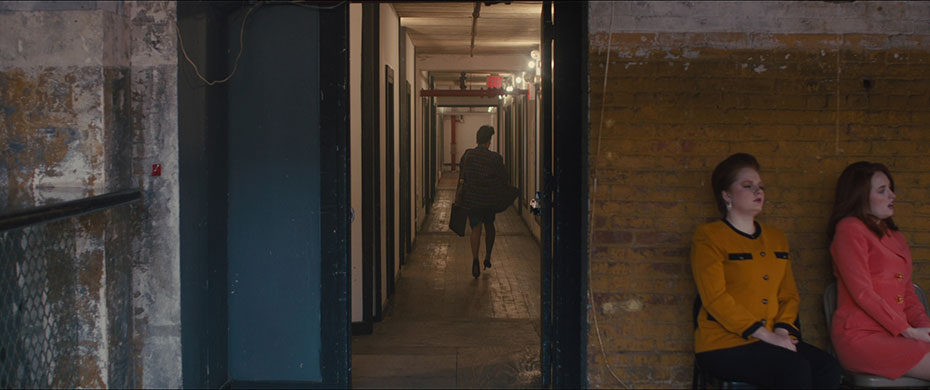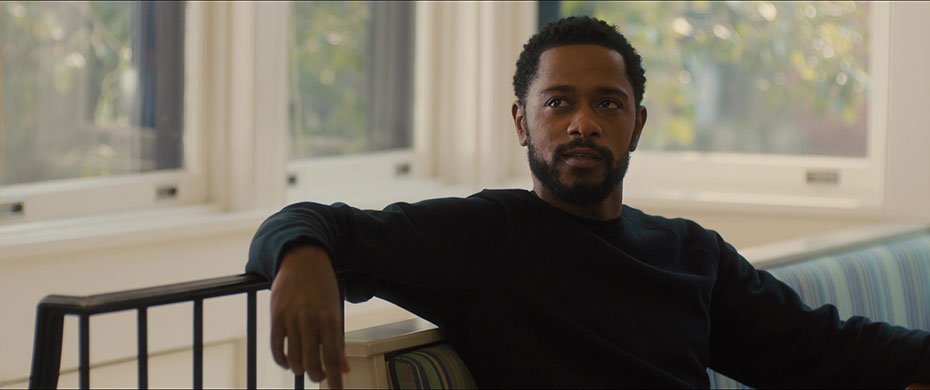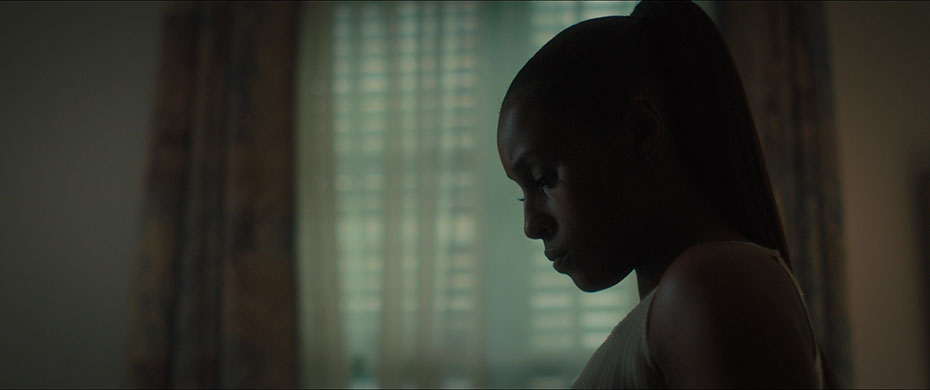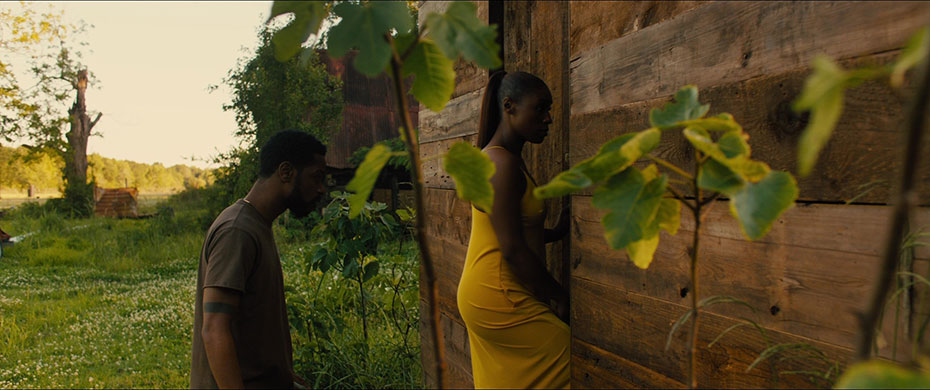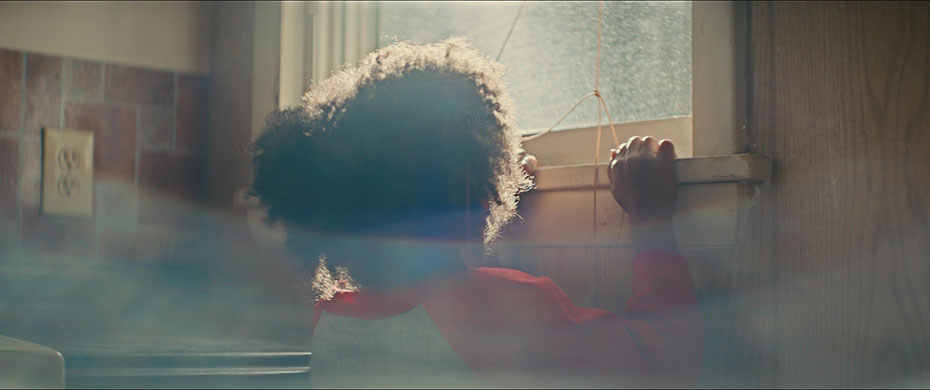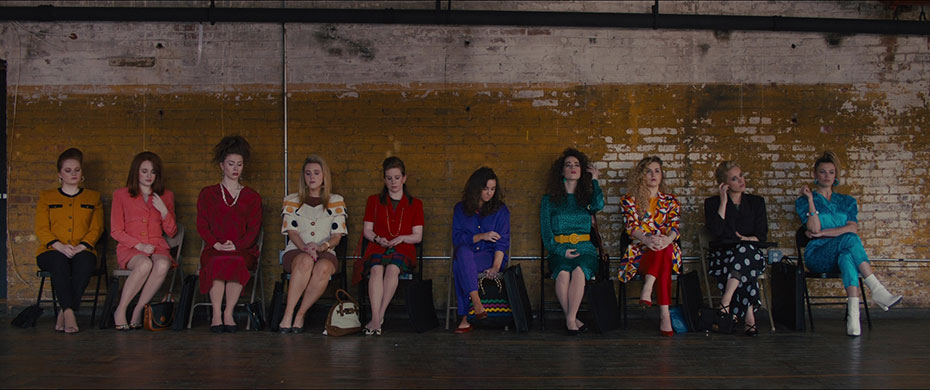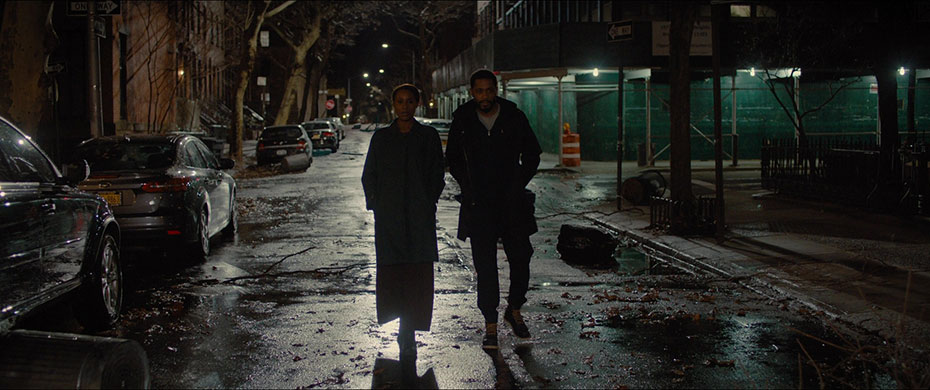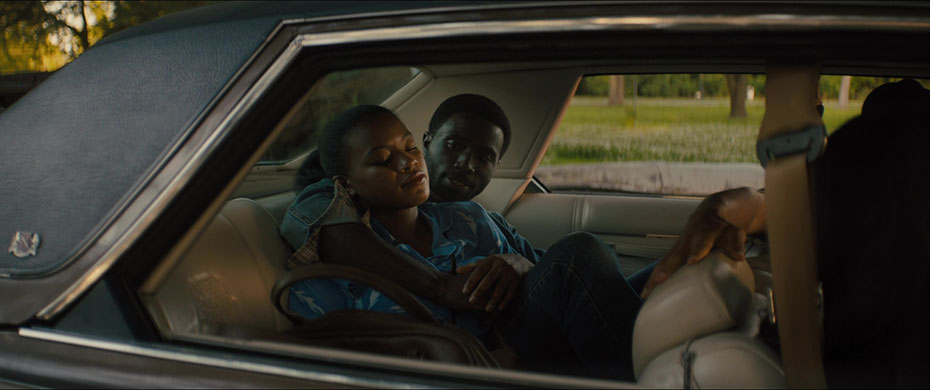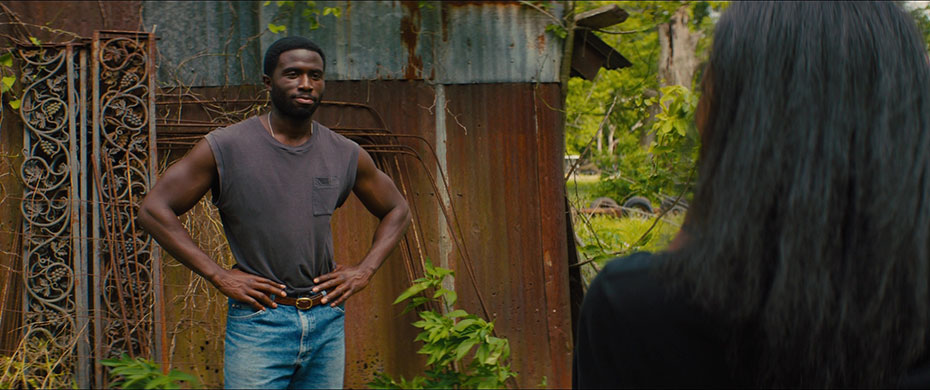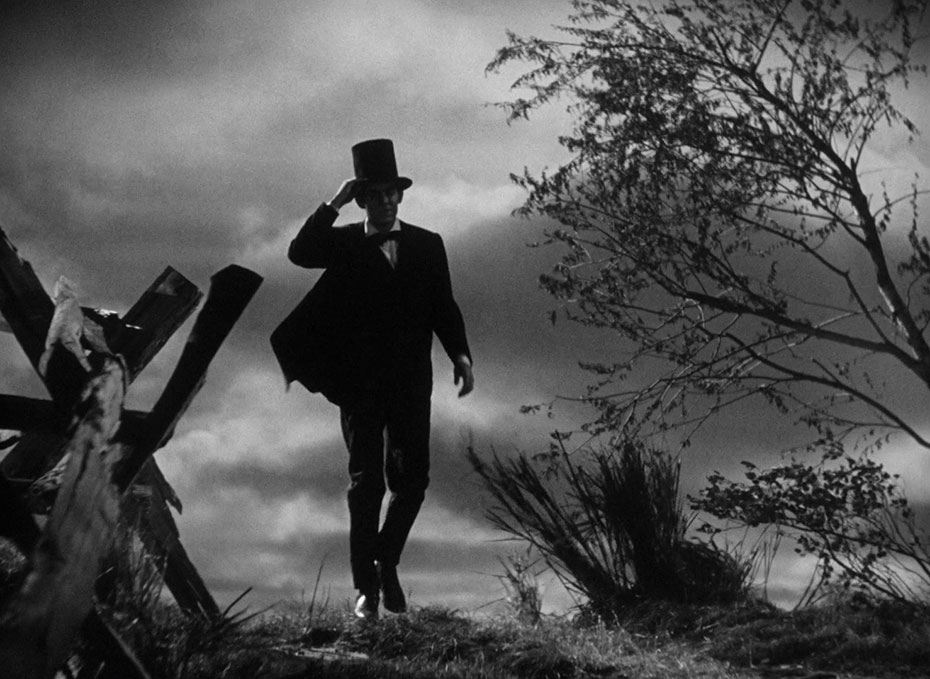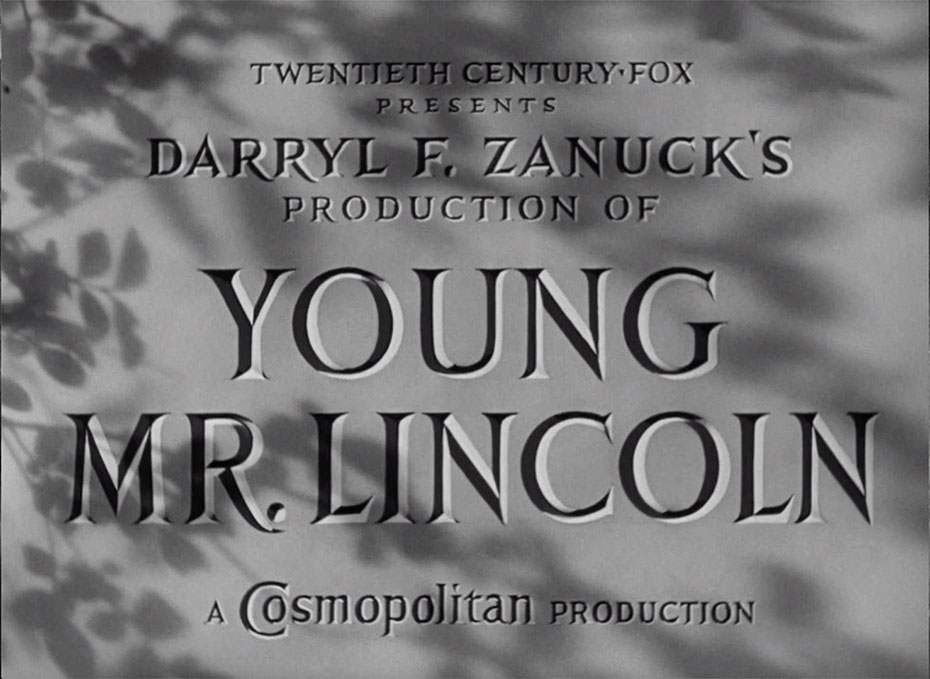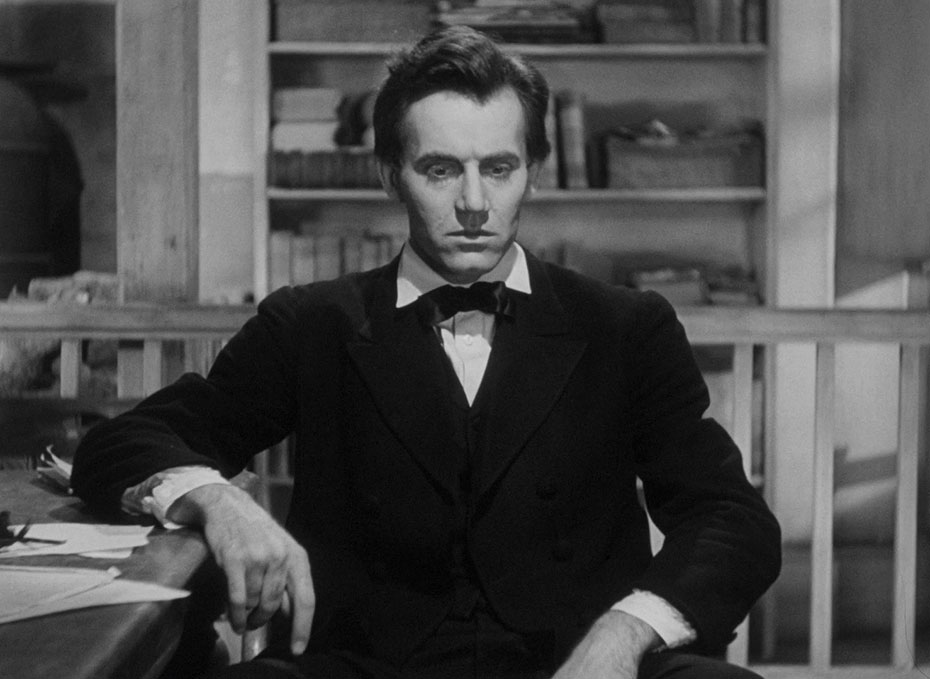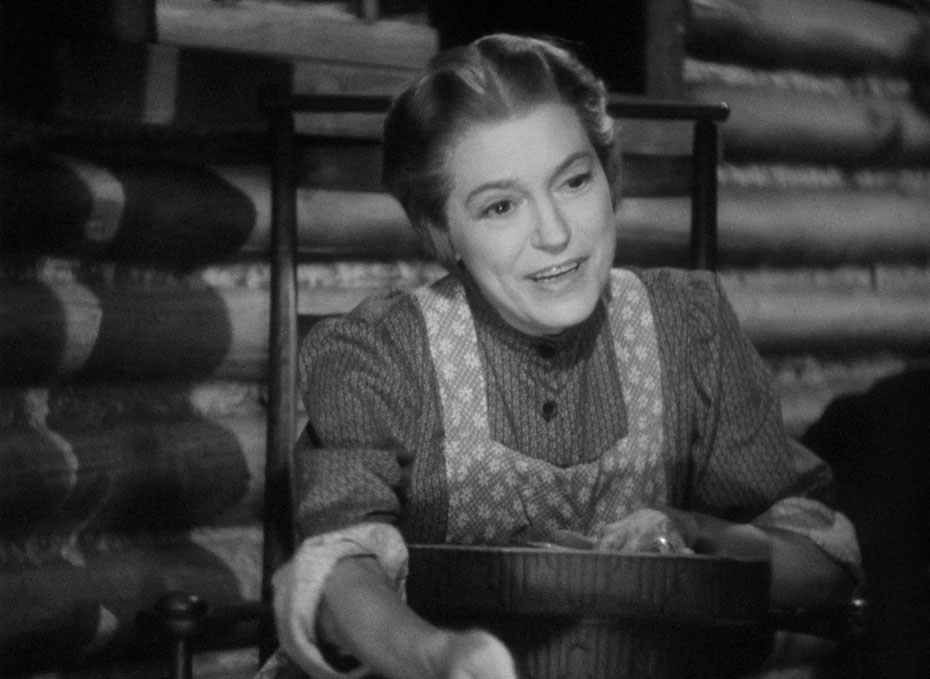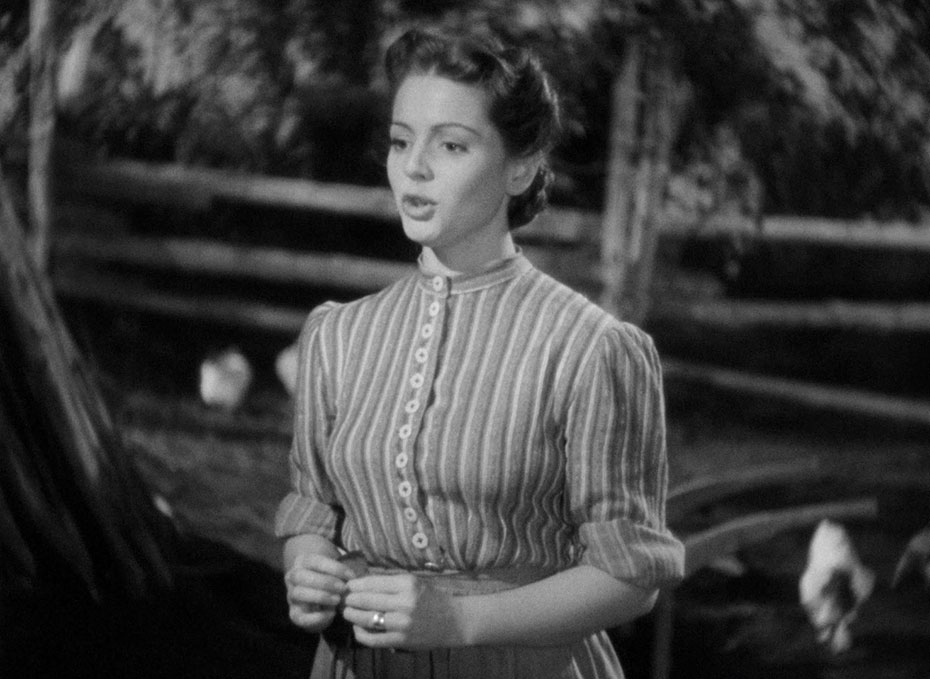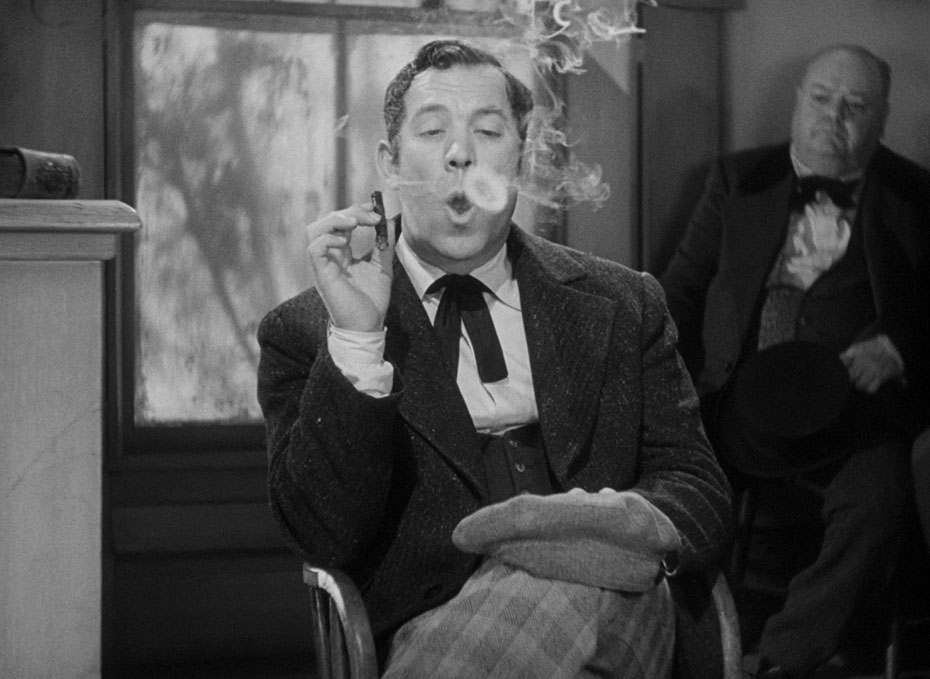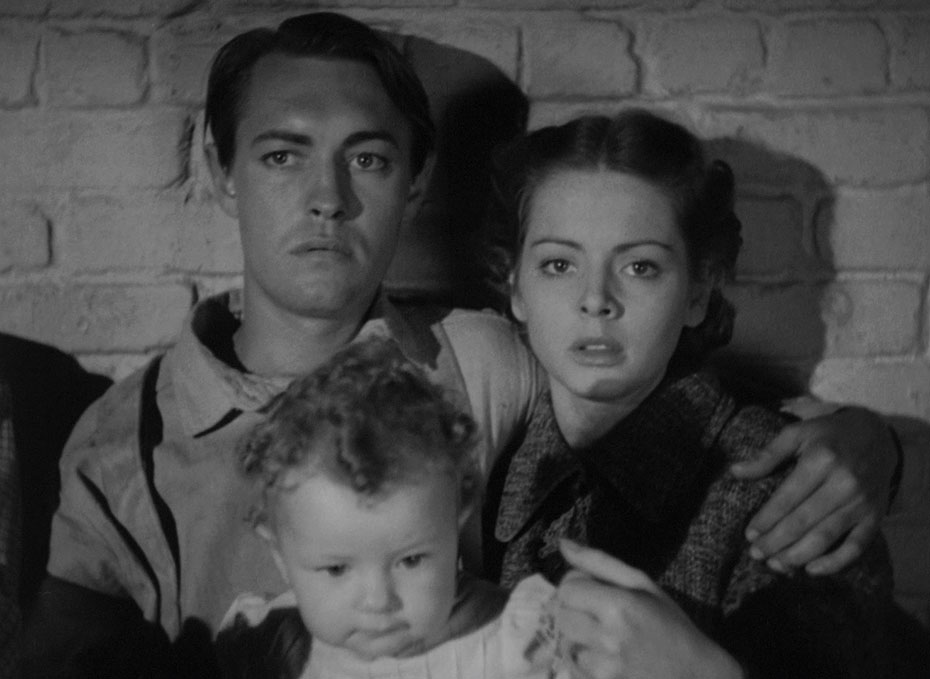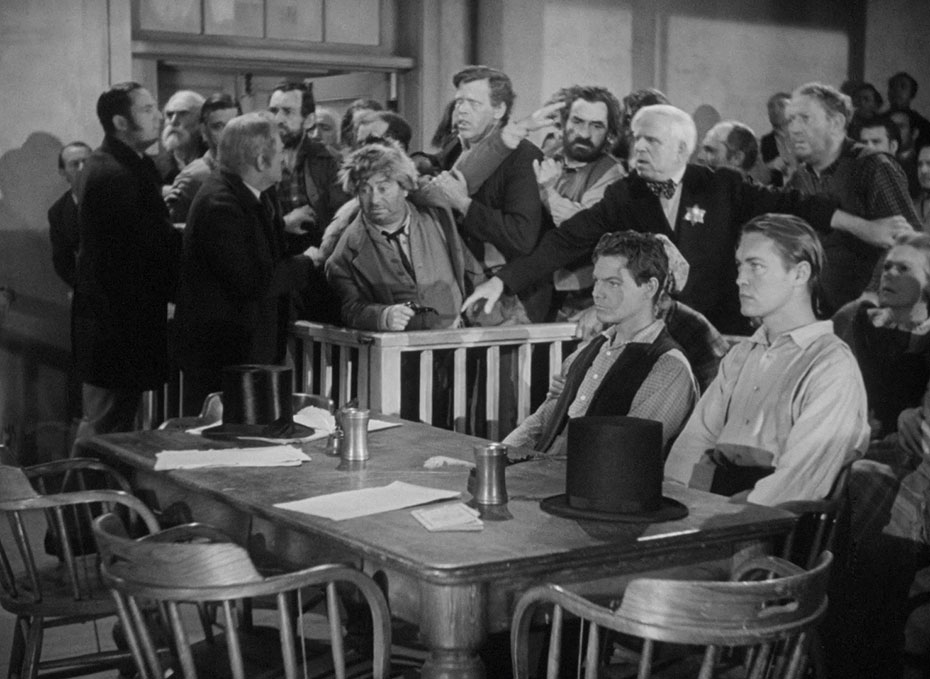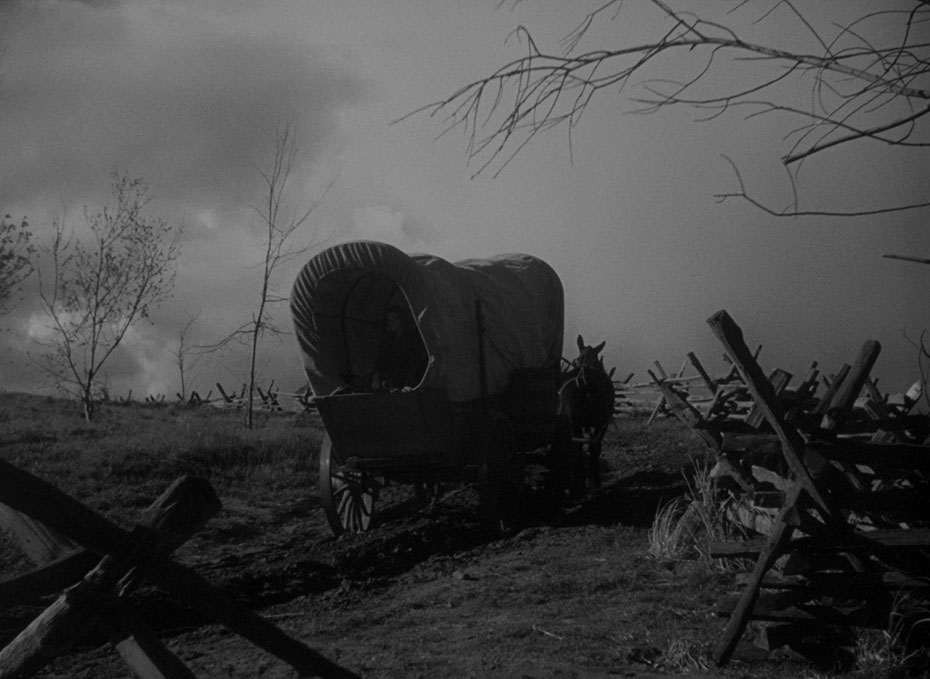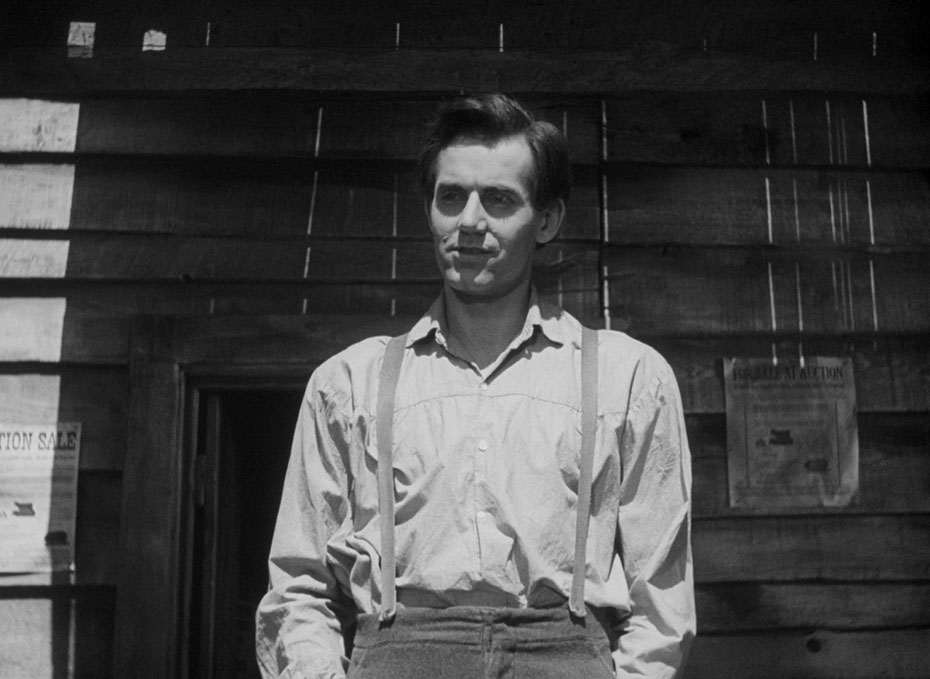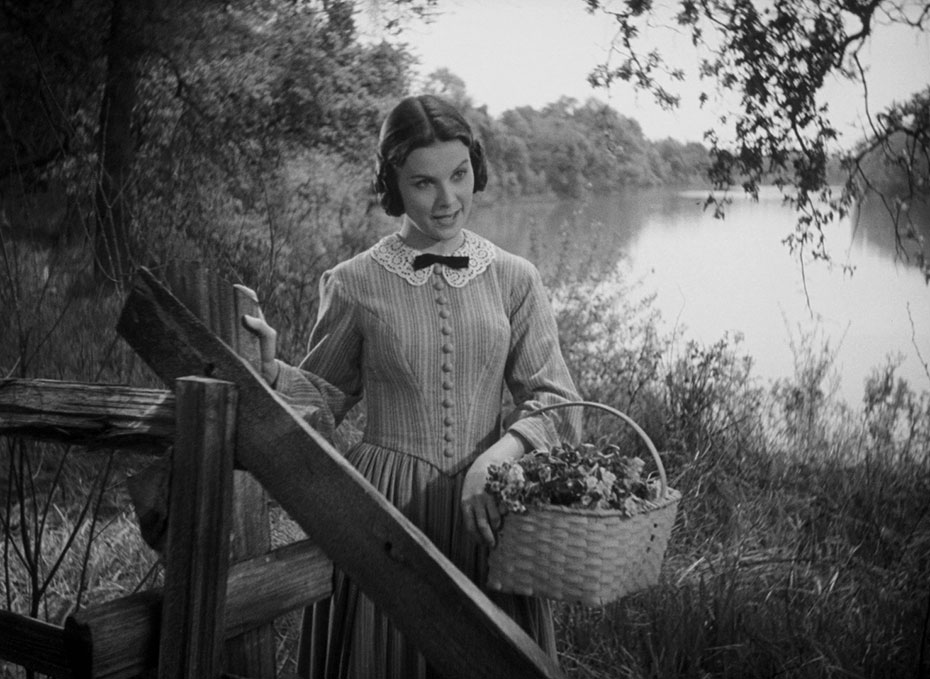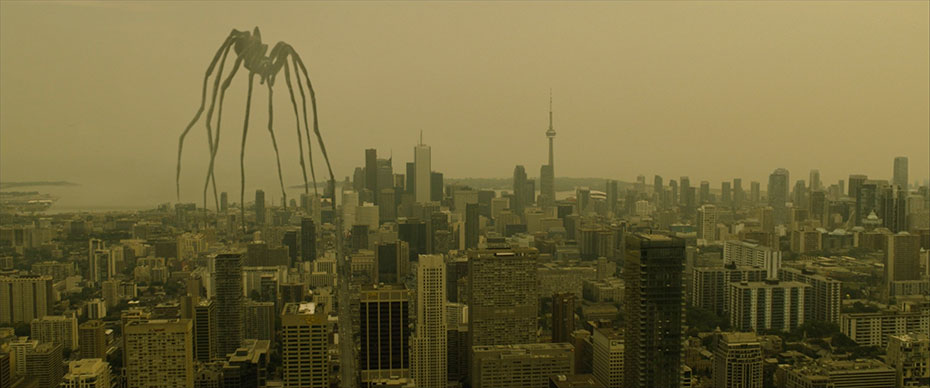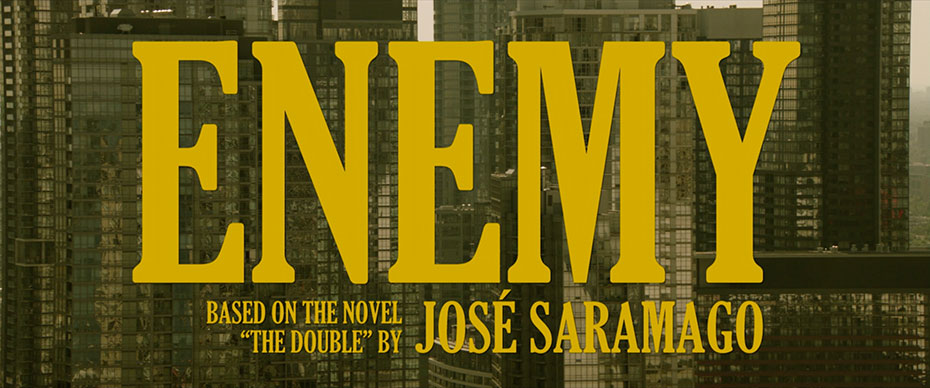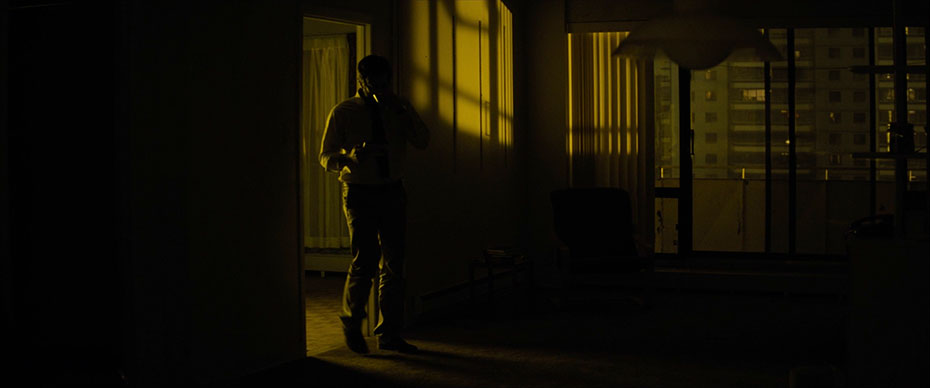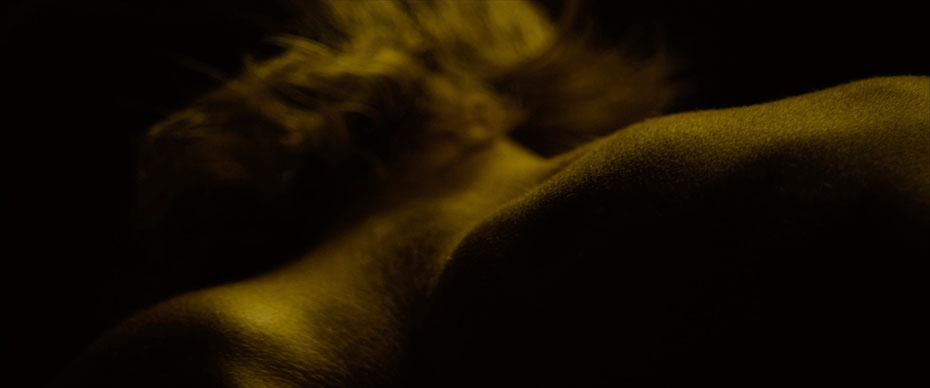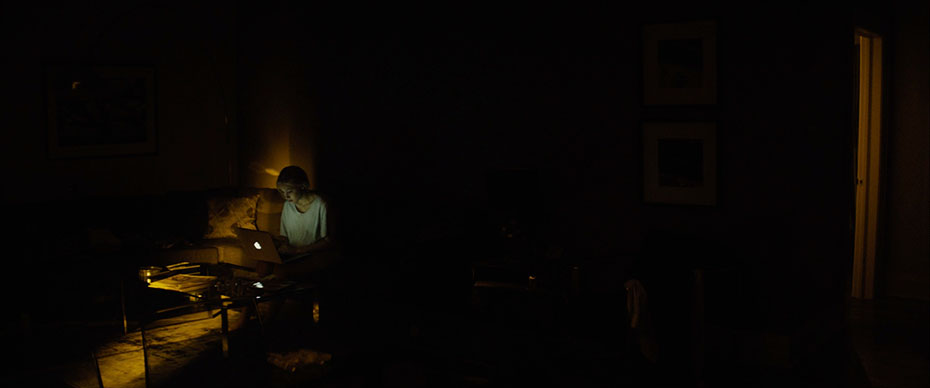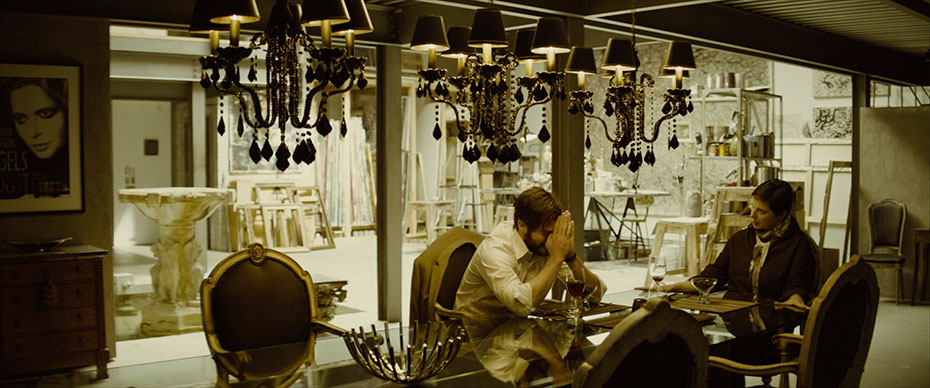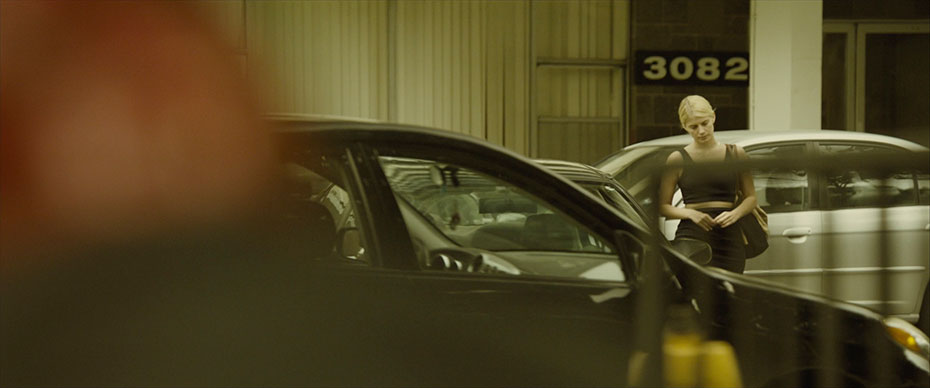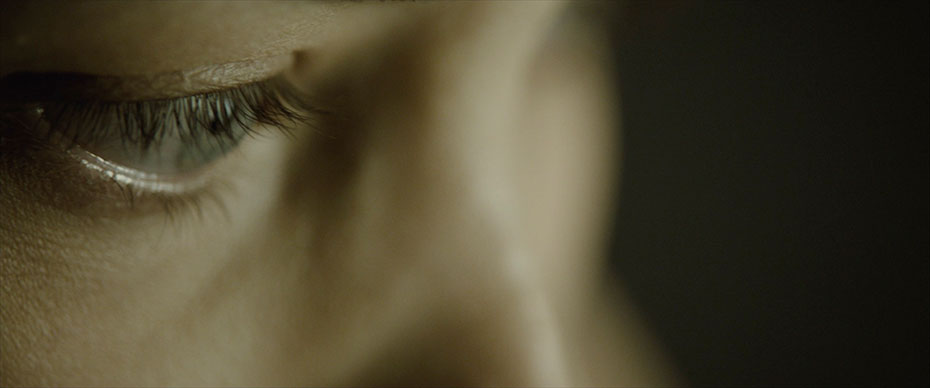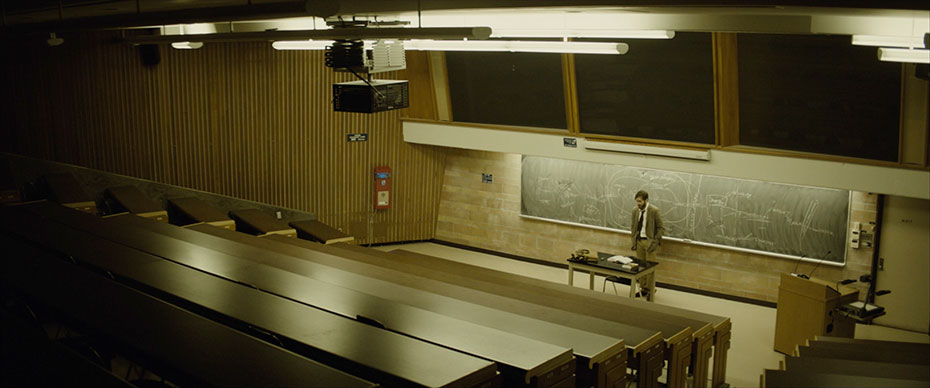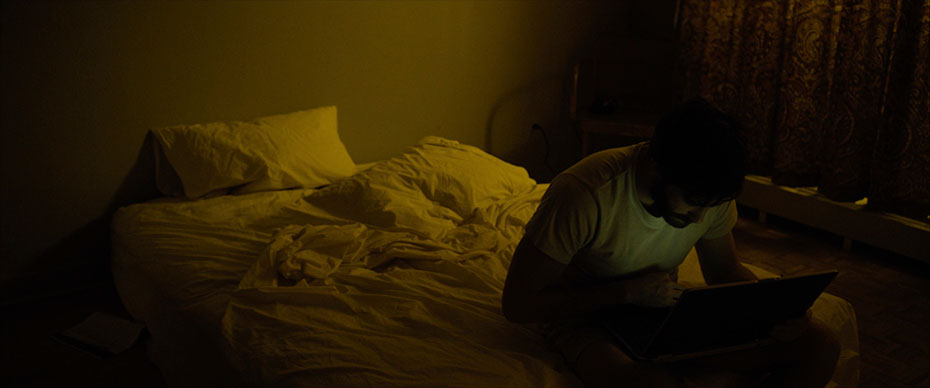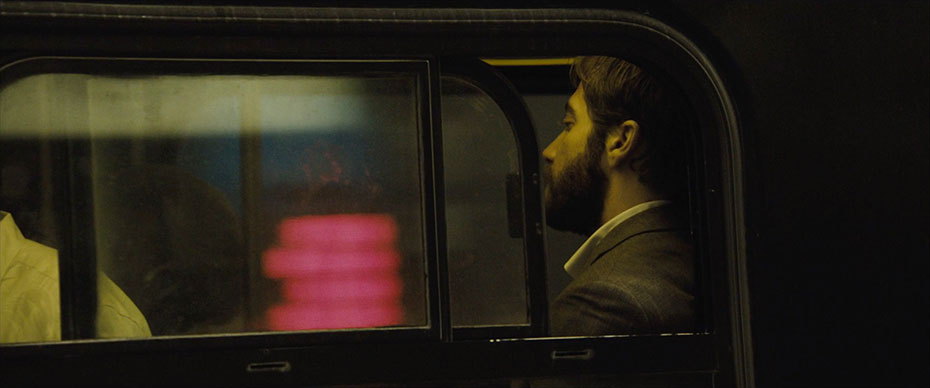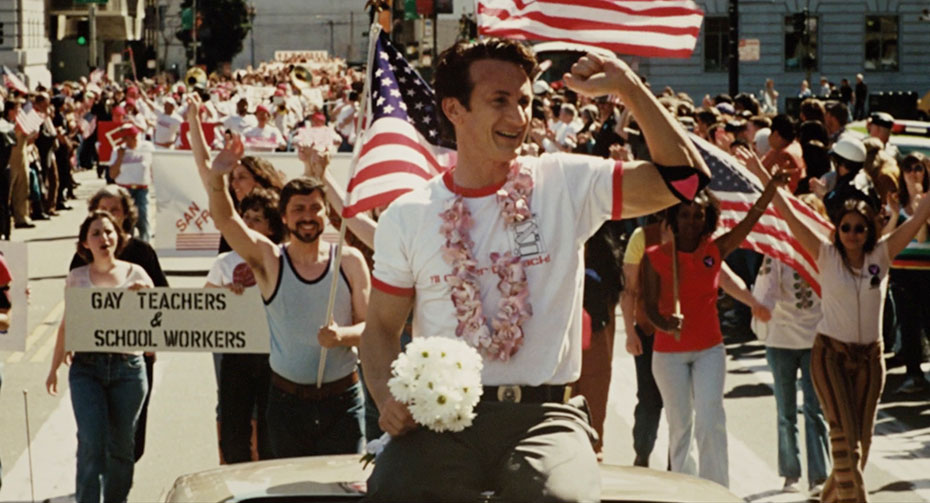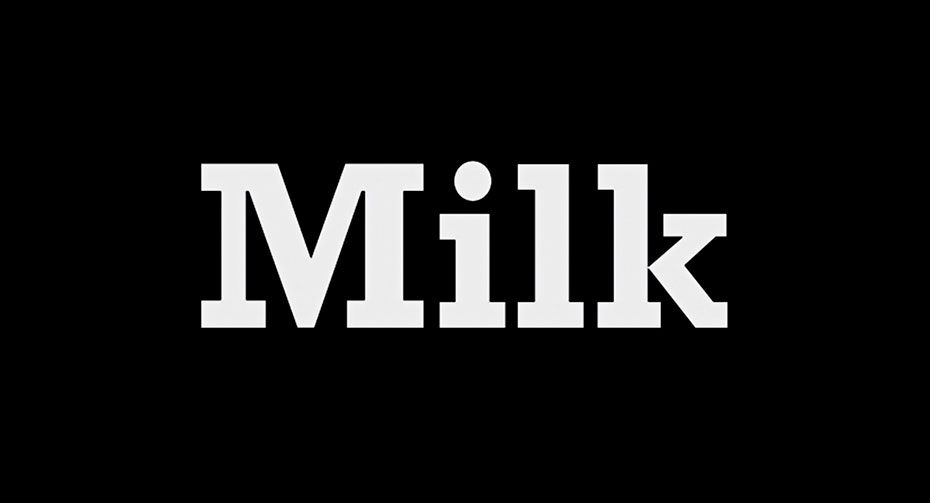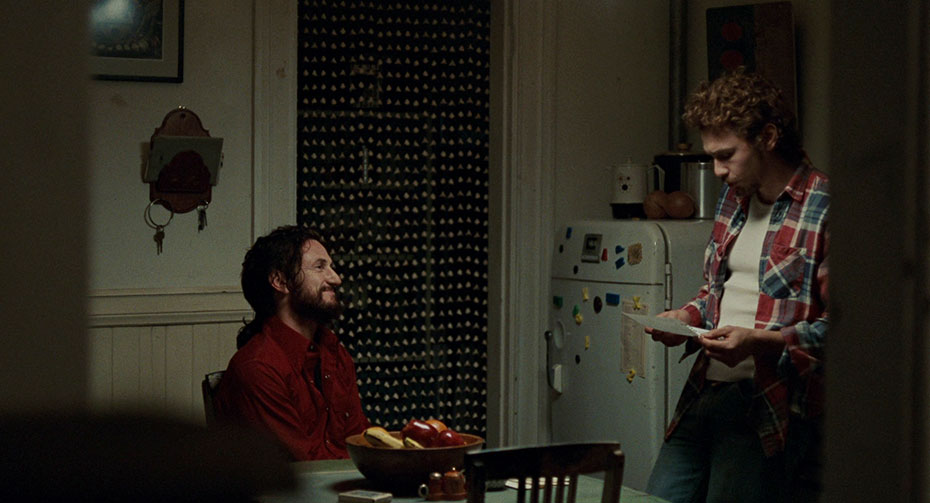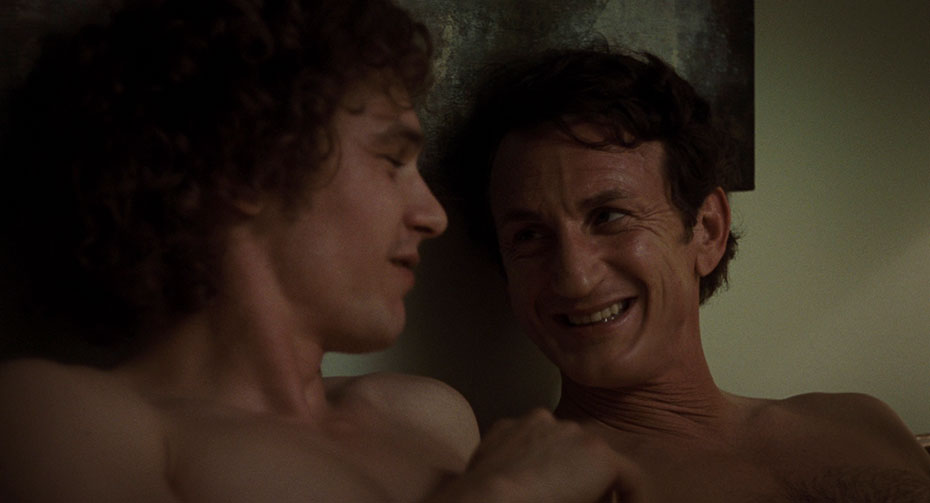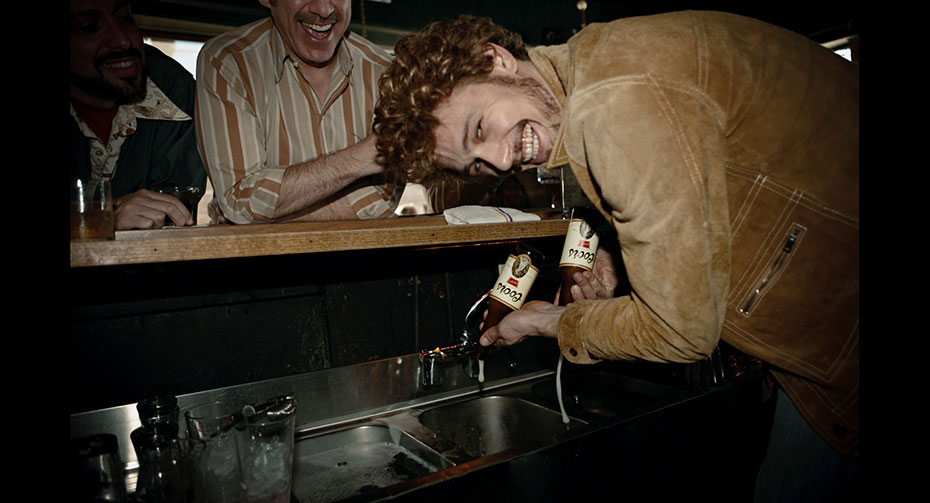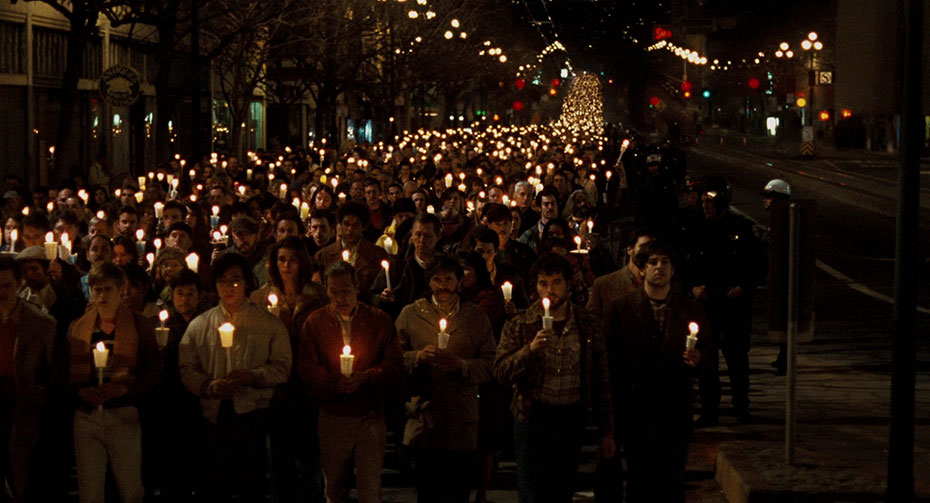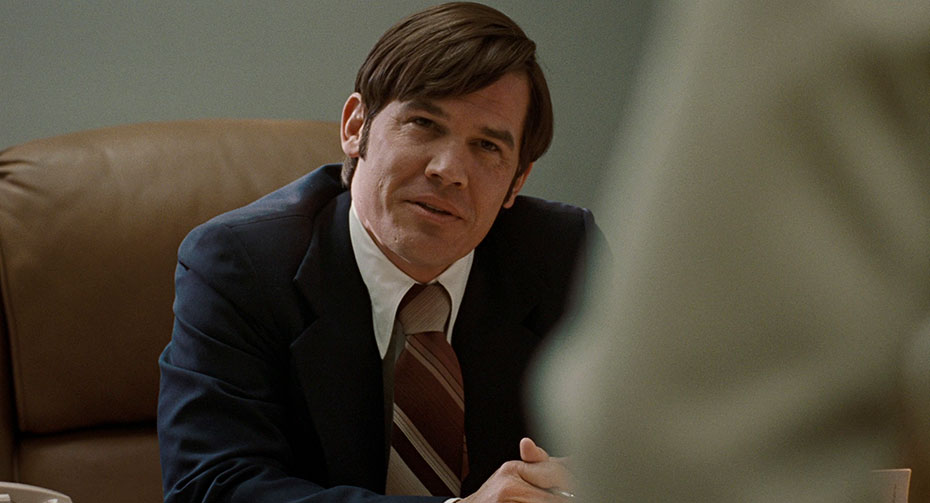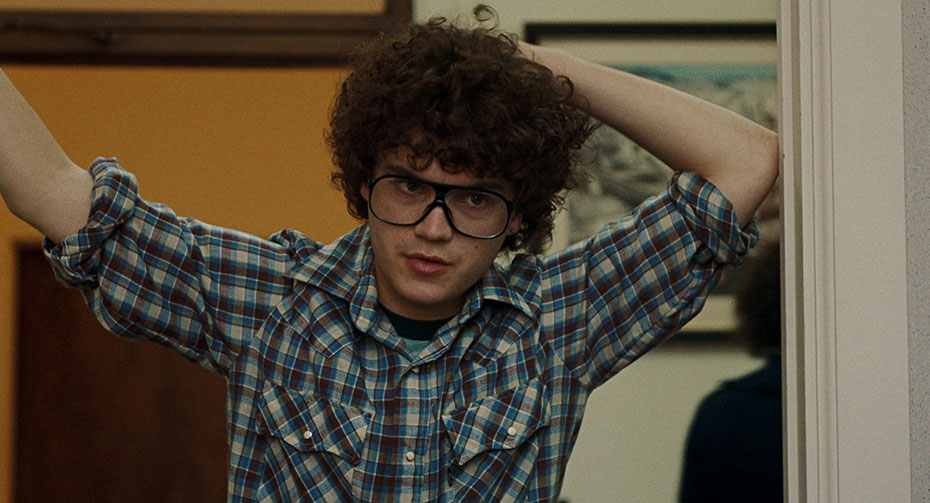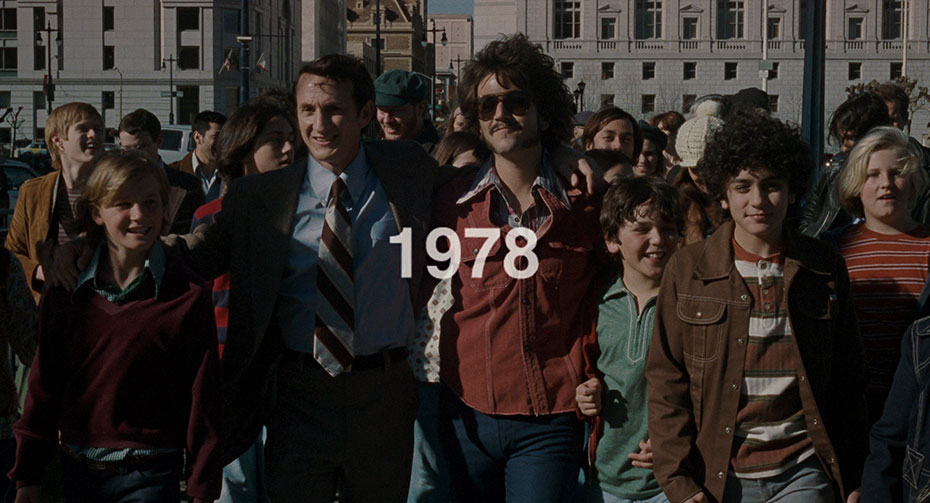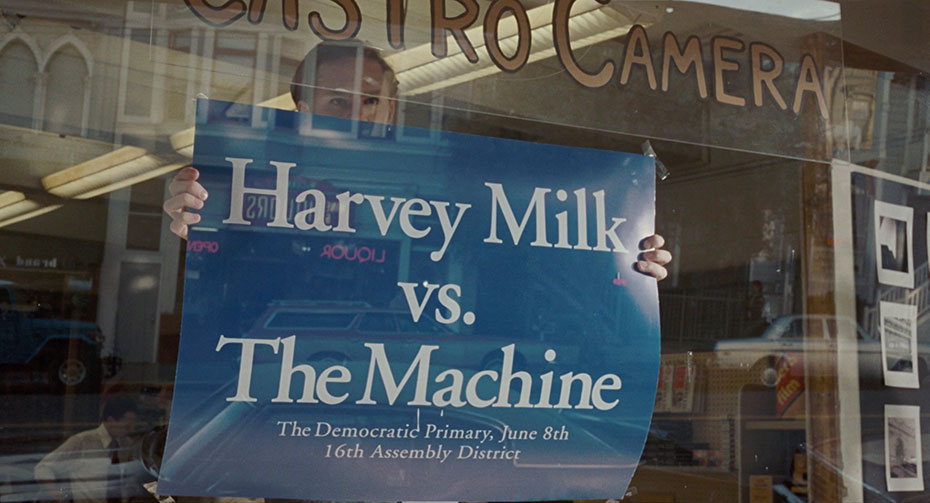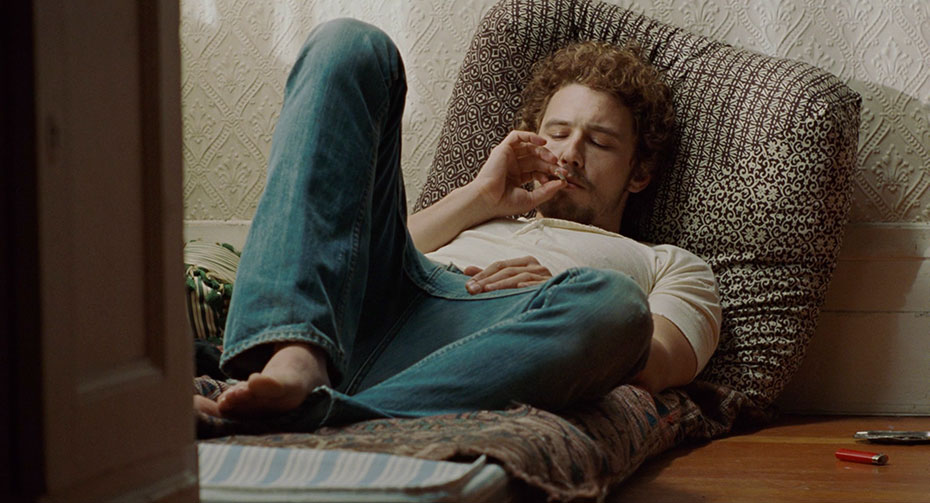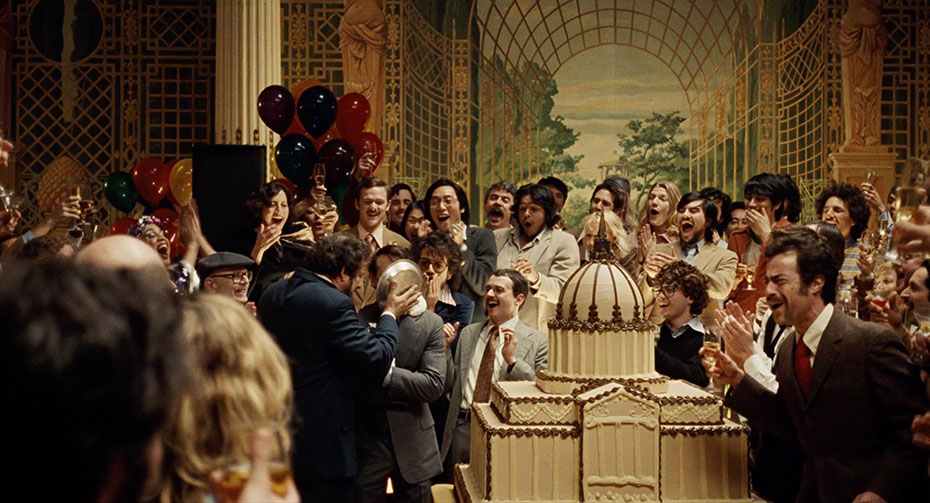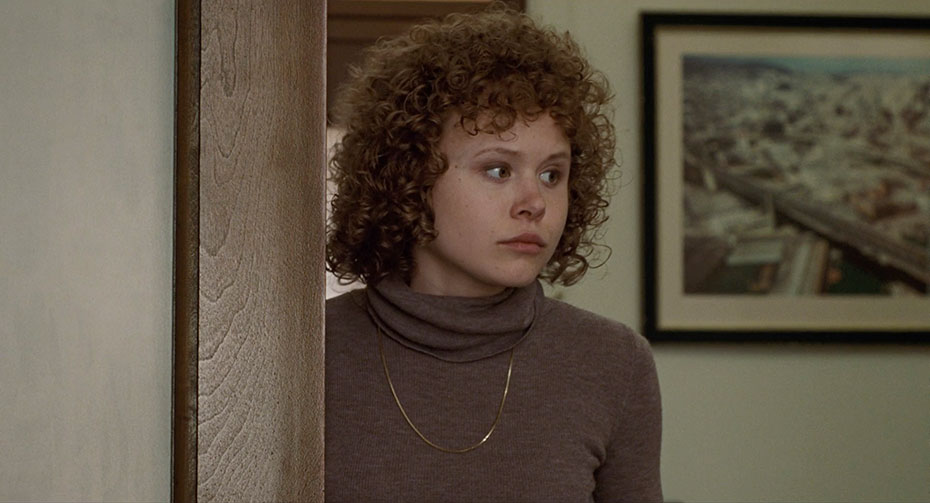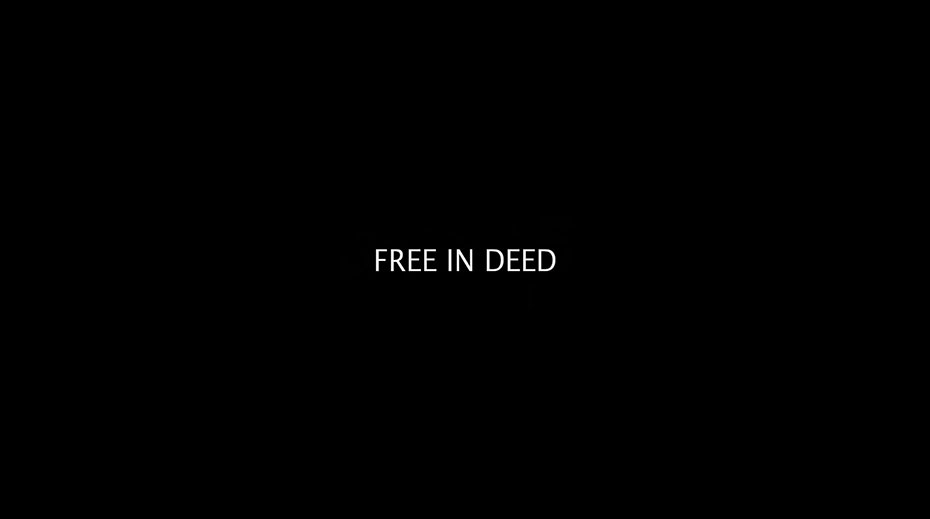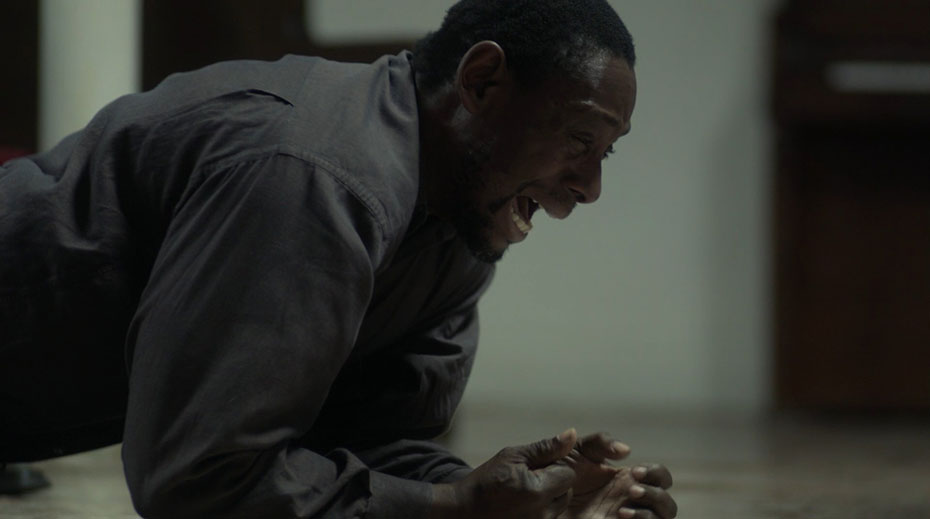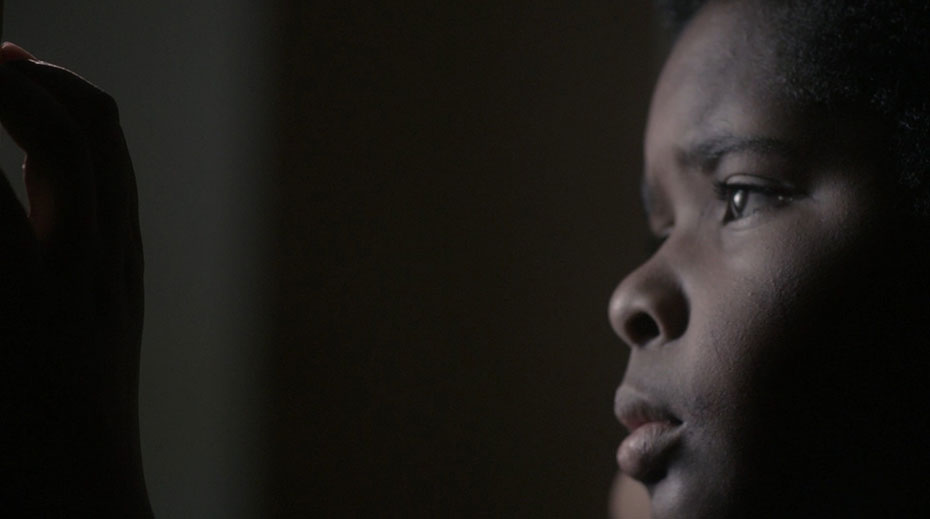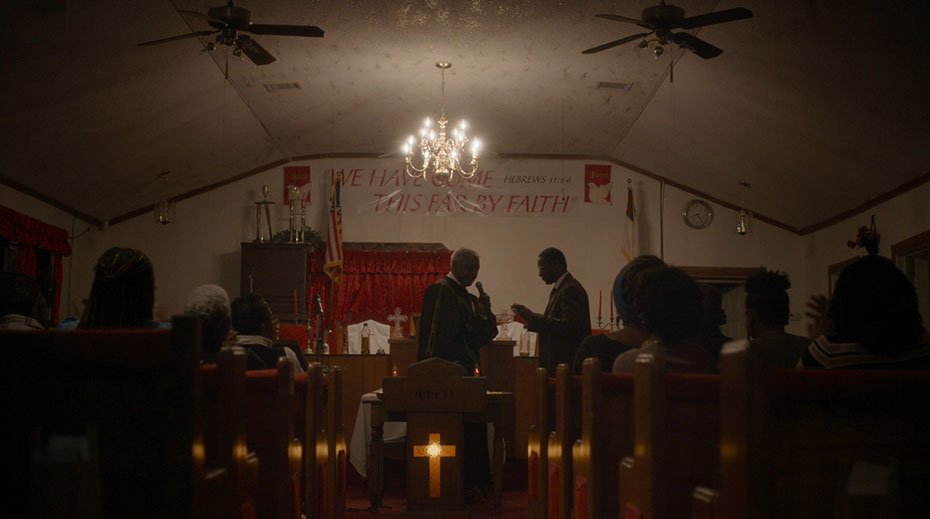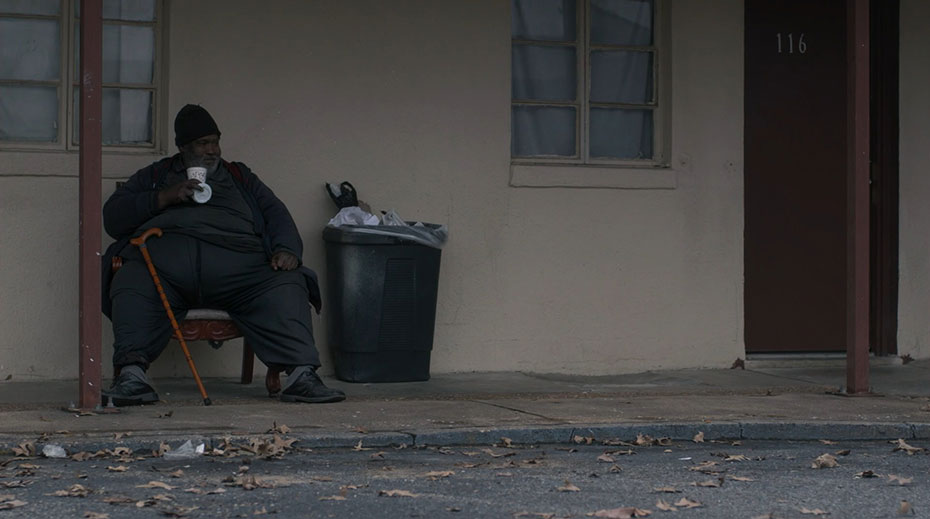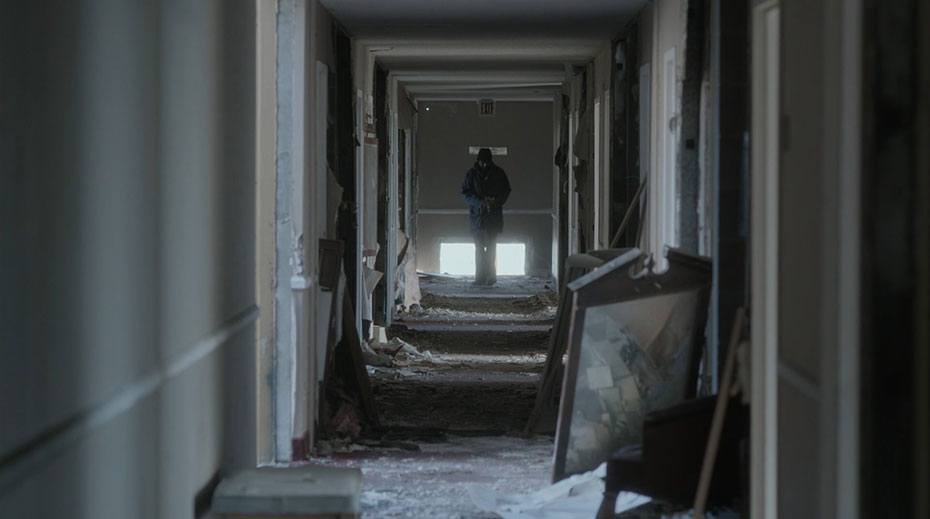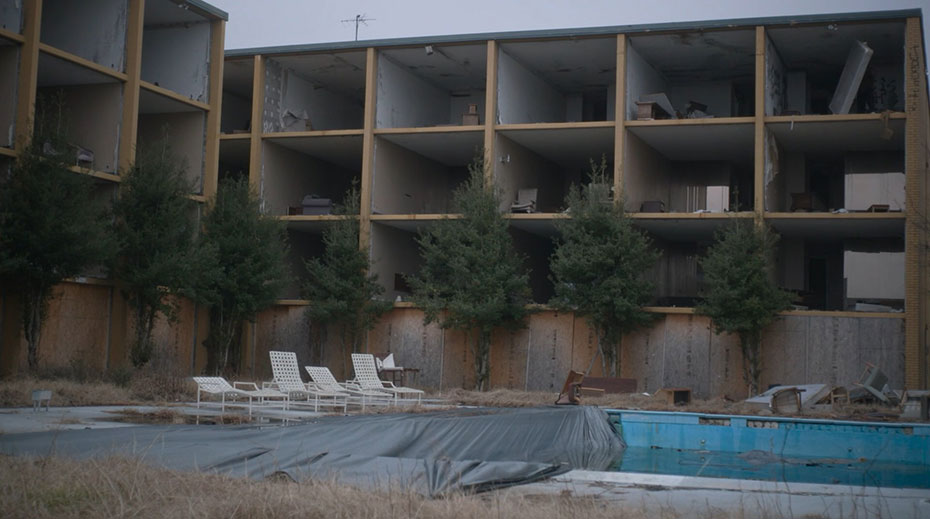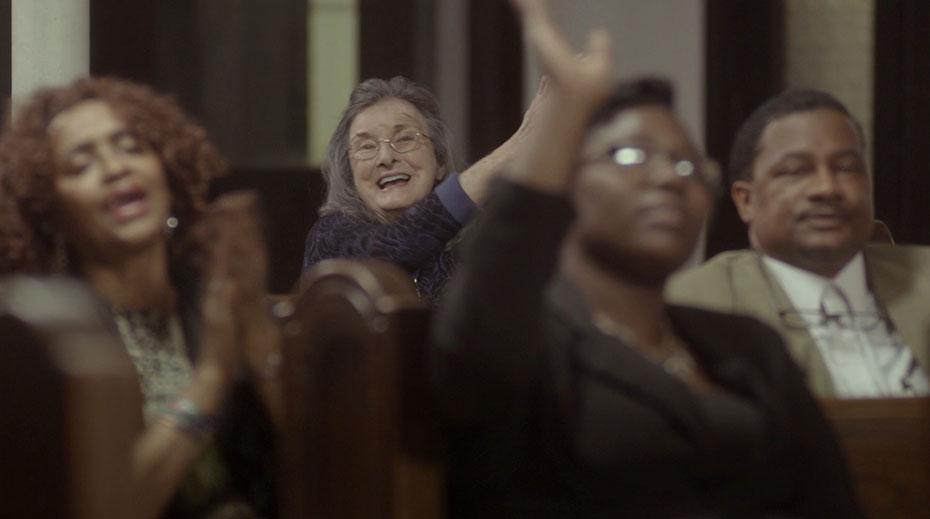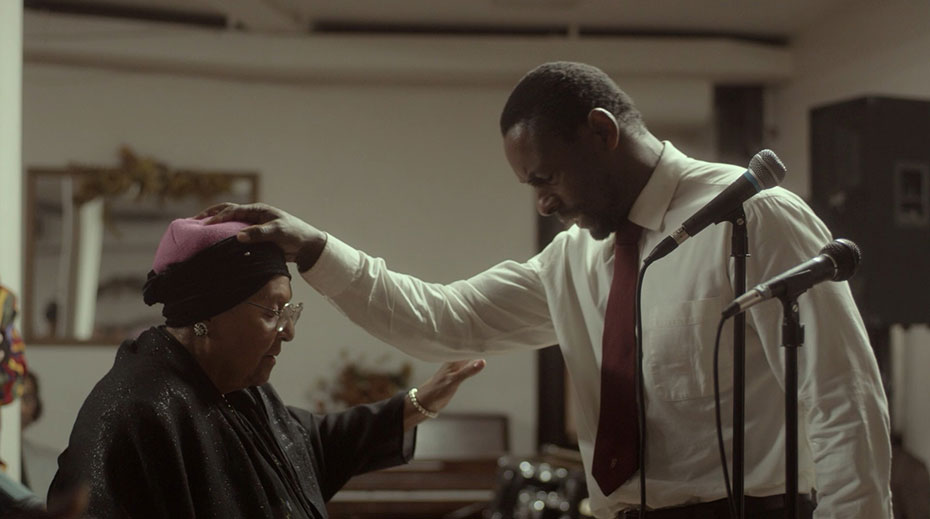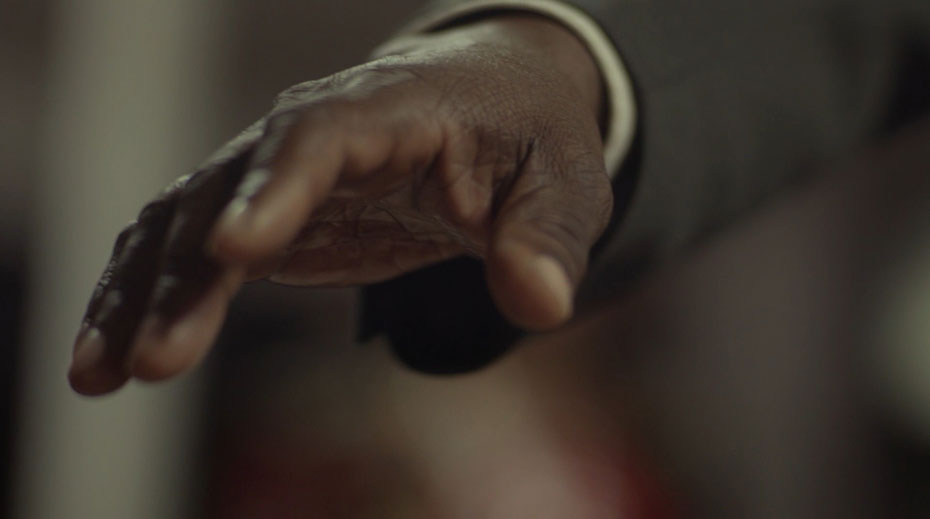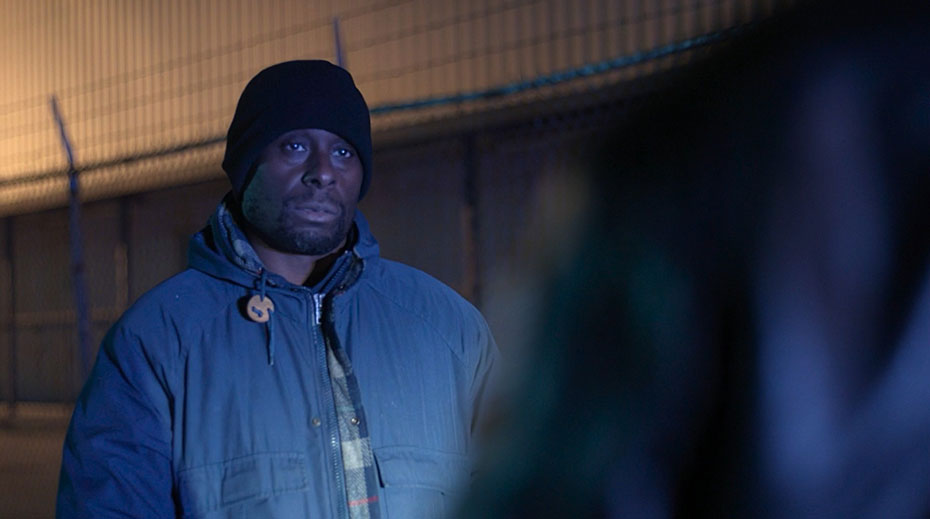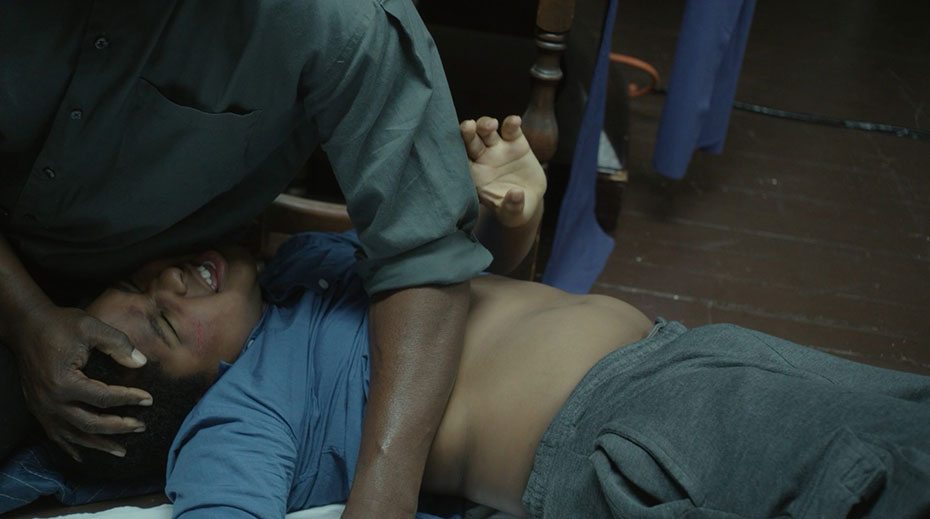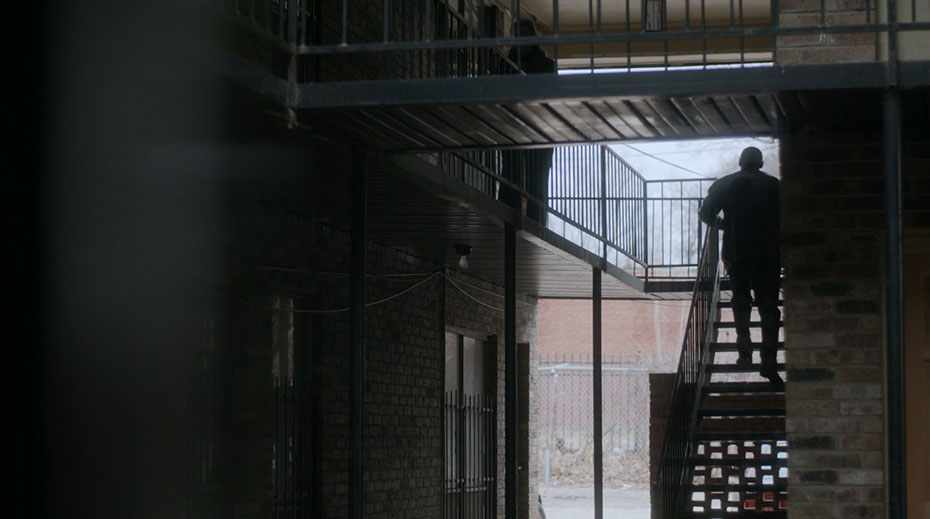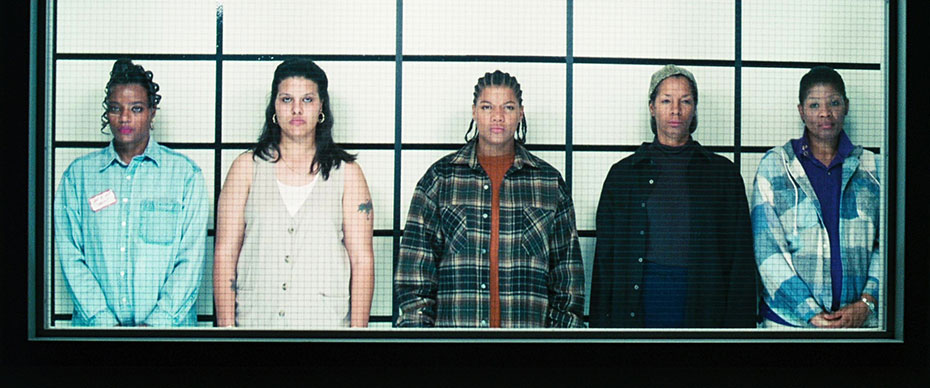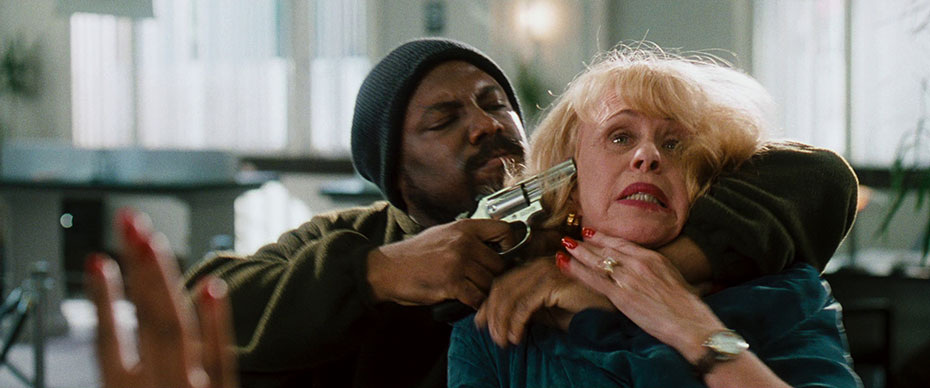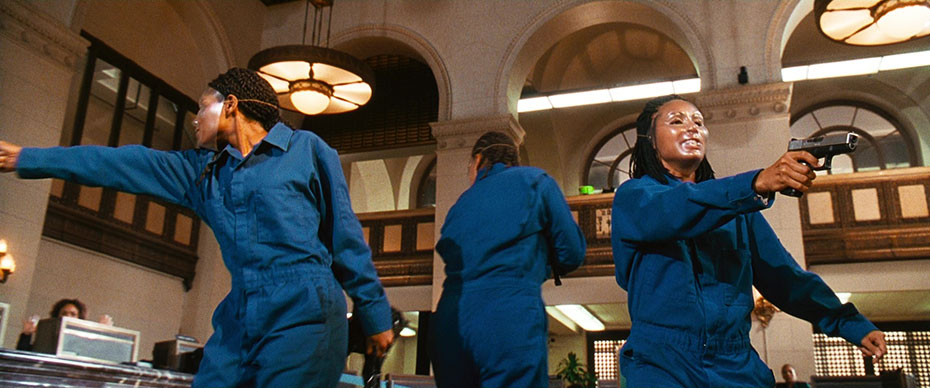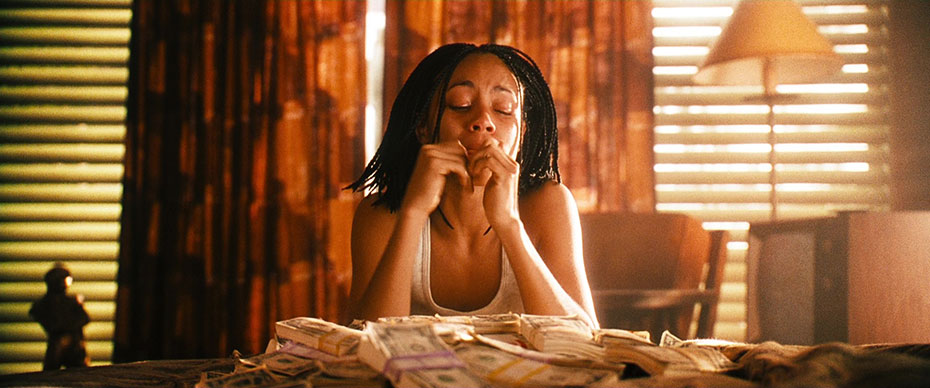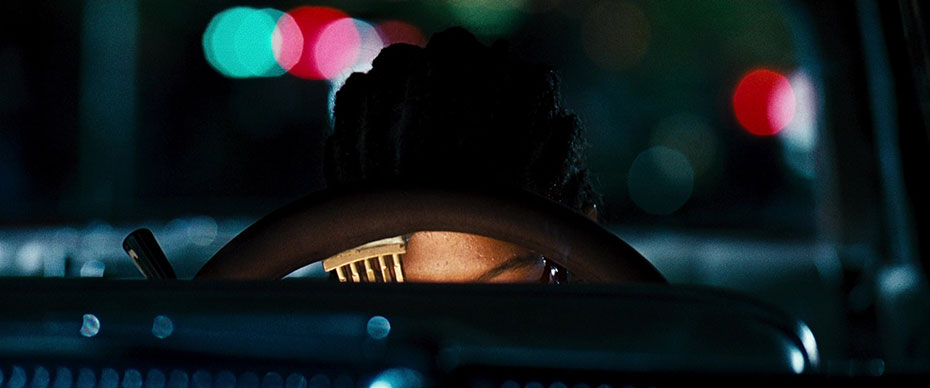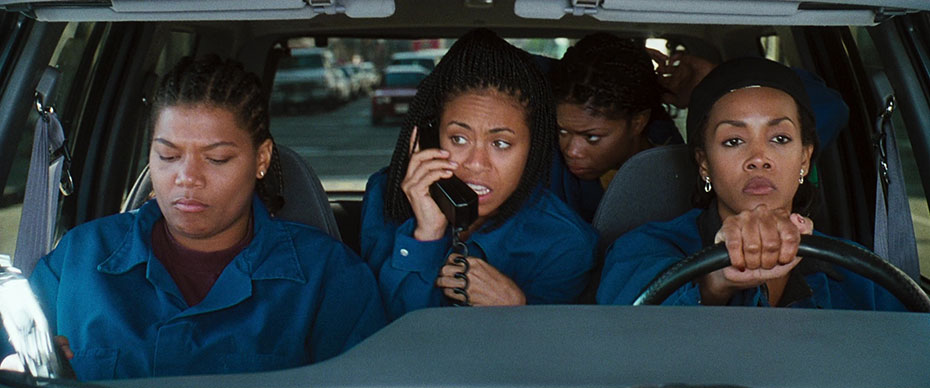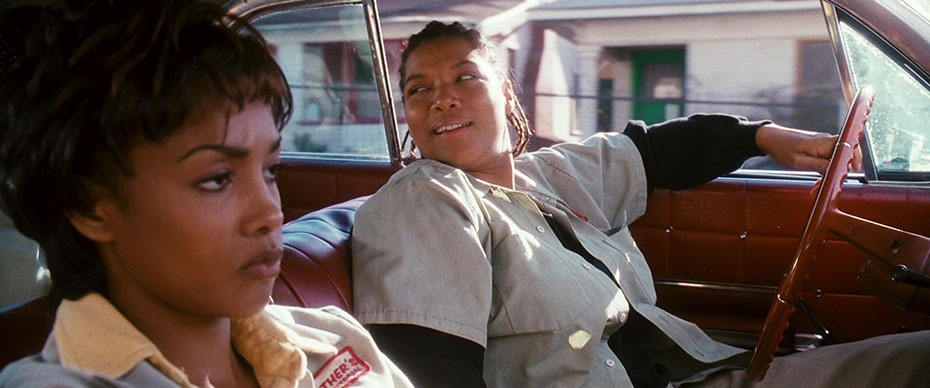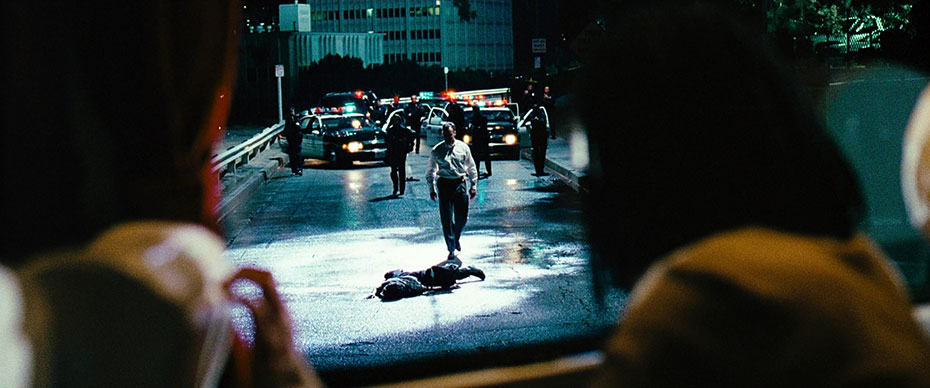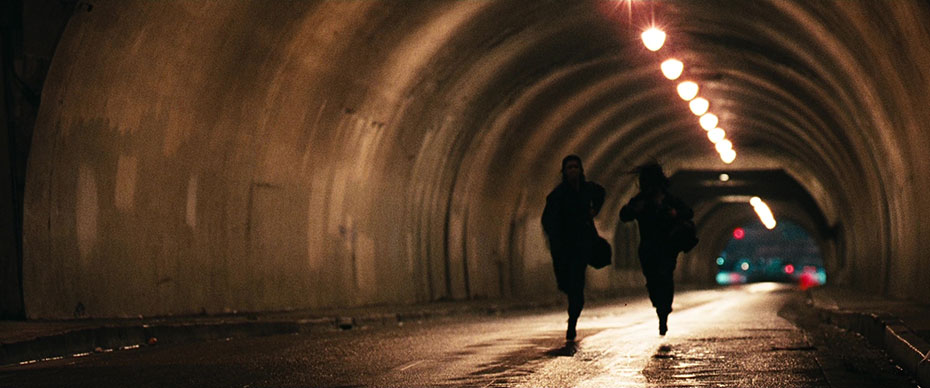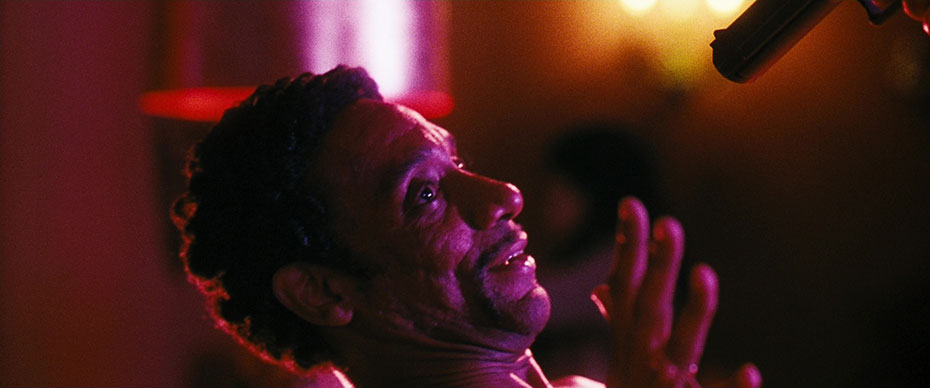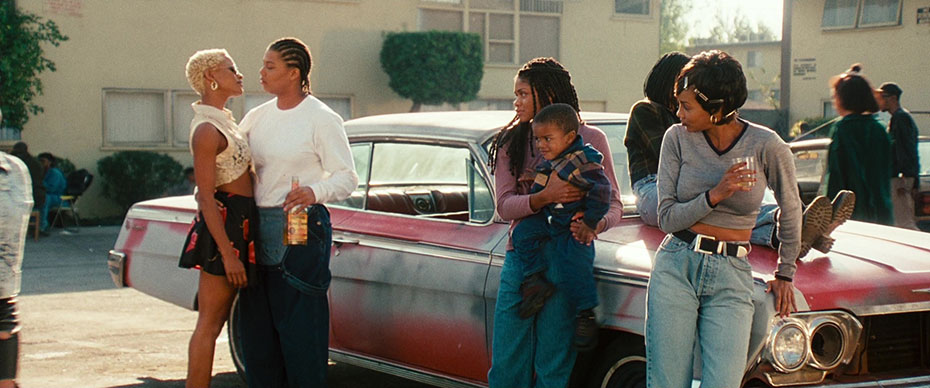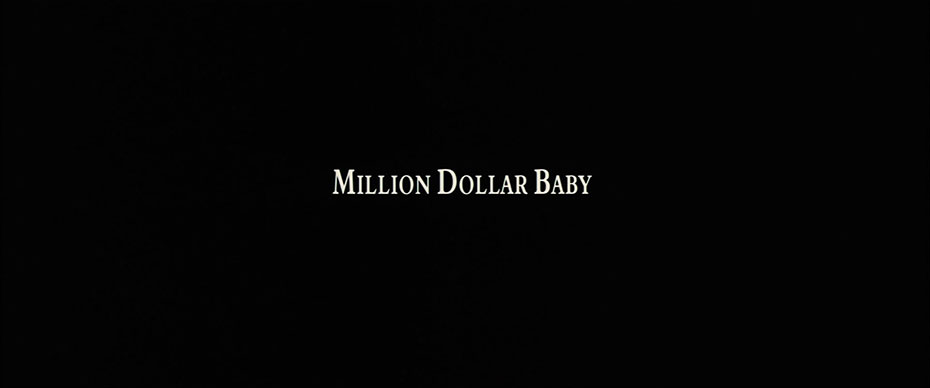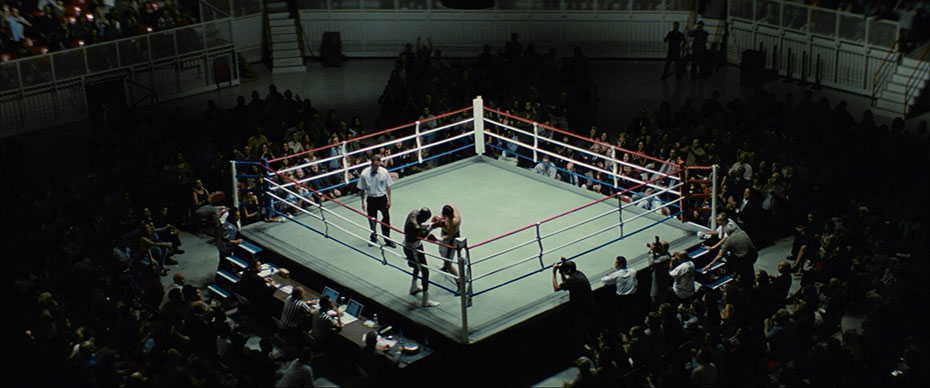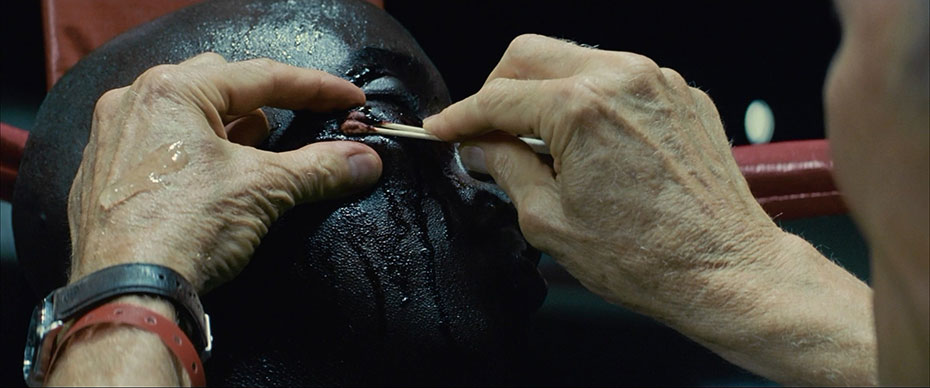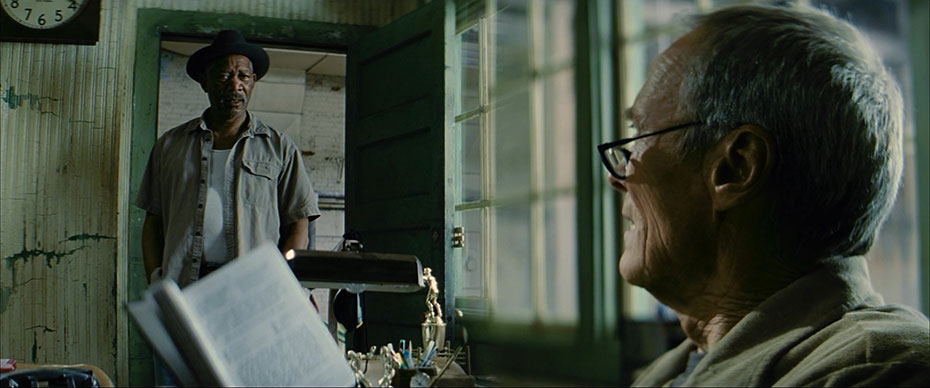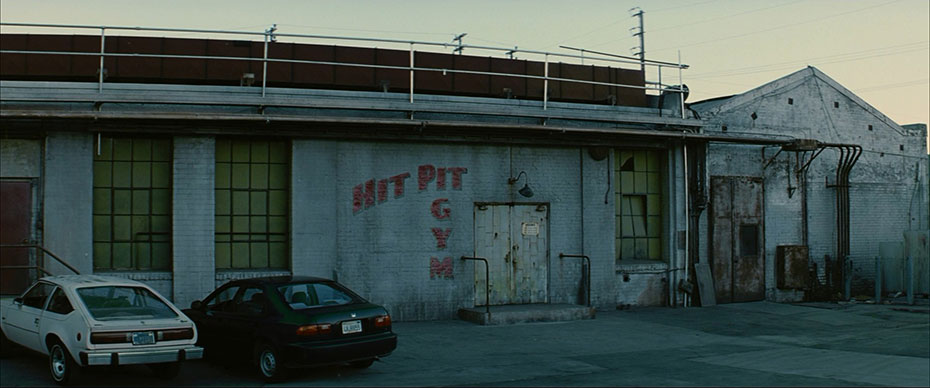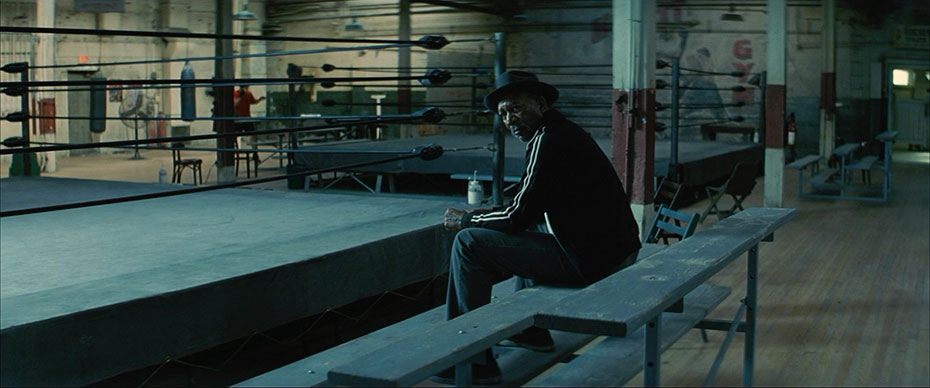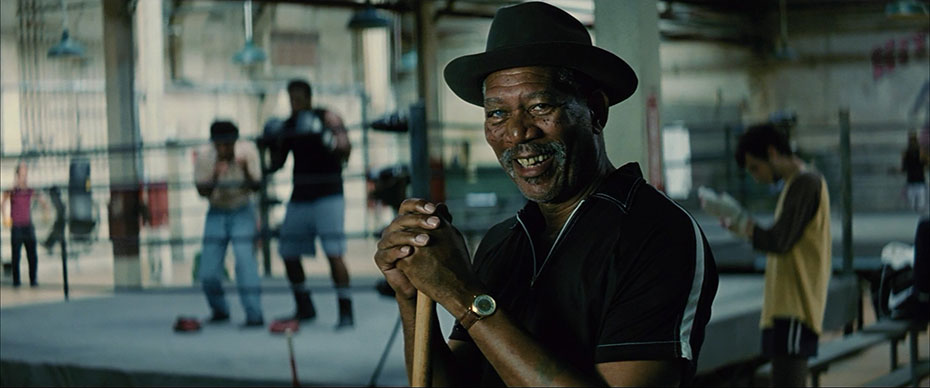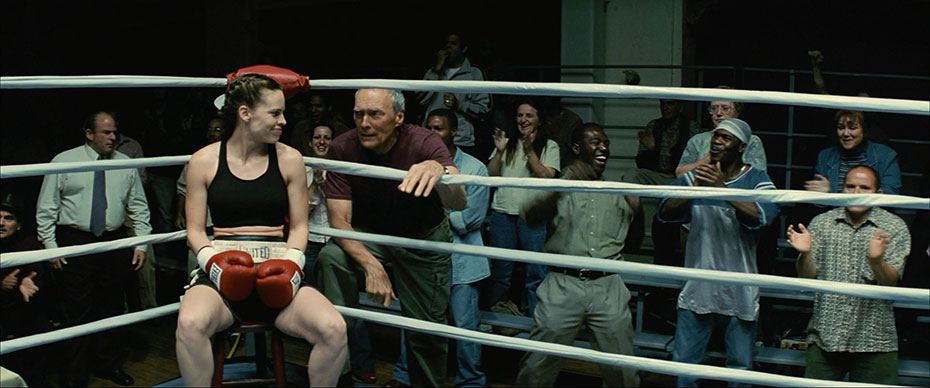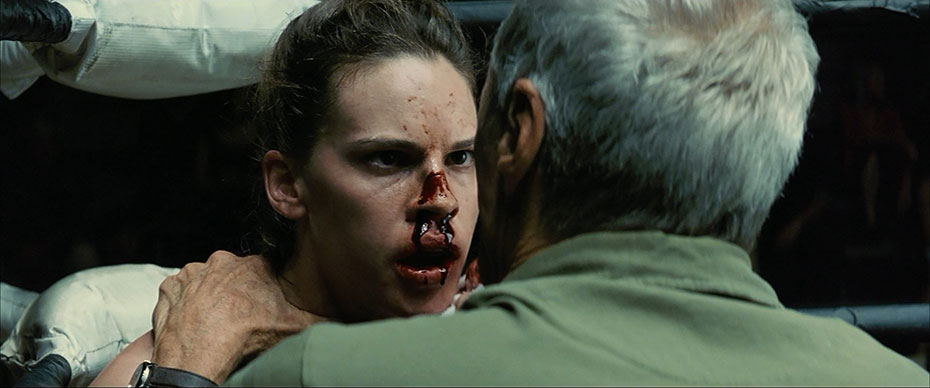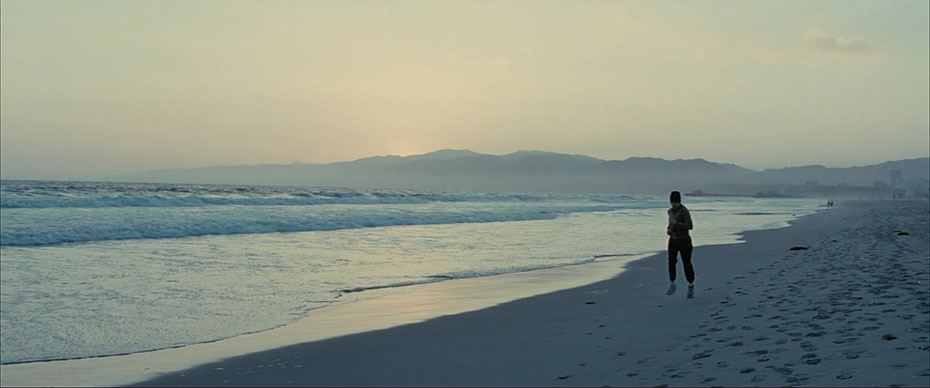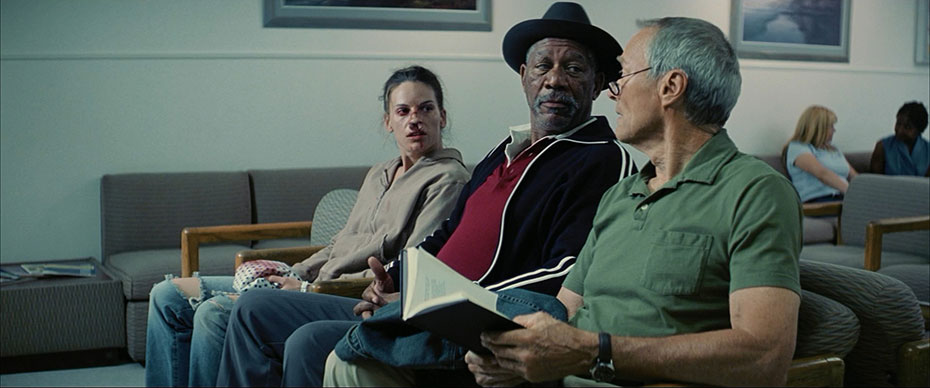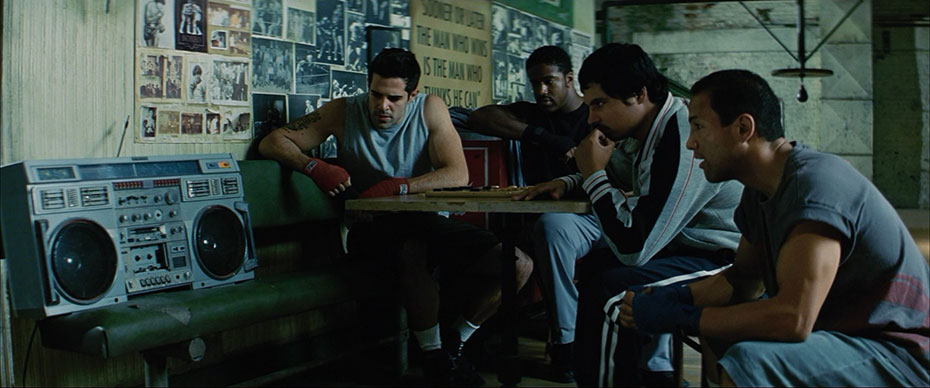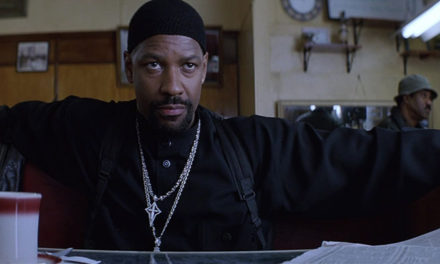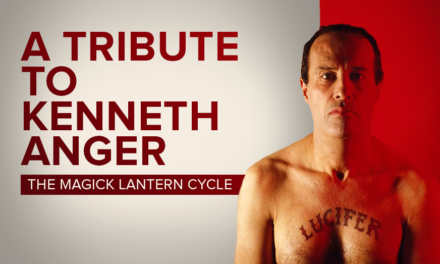THE TUESDAY DROP – 8/10
08.10.21 / New Shots
HEAVEN’S GATE (1980)
HEAVEN’S GATE is a 1980 epic Western film written and directed by Michael Cimino, starring Kris Kristofferson, Christopher Walken, Isabelle Hupert and Jeff Bridges. Loosely based on the Johnson County War, the film follows a dispute between land barons and European immigrants in Wyoming during the 1890’s. Heaven’s Gate was notoriously considered the death of director-driven productions in the American film industry, after a series of major setbacks including a blown budget, running over schedule, bad press about Cimino and harsh reviews led United Artists to pull the film from theaters. The film has since gained a more favorable reputation and more widespread critical acclaim. Heaven’s Gate was shot by Hungarian-born cinematographer Vilmos Zsigmond, who worked with Cimino on his previous film, The Deer Hunter. As described in the documentary Final Cut: The Making and Unmaking of Heaven’s Gate, Zsigmond faced a mammoth task finalizing lighting and compositions during production, since Cimino was working on such a large scale with so many extras, and would constantly reposition them to ensure that the frames were just right. In the end, despite going way over budget and over schedule, Heaven’s Gate is considered one of the best shot films of Zsigmond’s career.
2001: A SPACE ODYSSEY (1968) 364 more shots!
Stanley Kubrick’s 1968 epic science fiction film, 2001: A SPACE ODYSSEY, is widely considered to be one of the greatest films ever made. The film is inspired by Arthur C. Clarke’s 1951 short story “The Sentinel”, and follows an astronaut’s voyage to Jupiter with a sentient computer named “HAL” after the discovery of an alien monolith. 2001 was nominated for four Academy Awards, and won for Best Visual Effects. Kubrick worked on the film with cinematographers John Alcott and Geoffrey Unsworth. The production was a massive undertaking, shot on 70mm film. Kubrick, Alcott and Unsworth determined that there would be over 200 effects scenes in the film that would each require an average of 10 major steps to complete. Because they were shooting an average of 8 takes, the three realised they would have to go through approximately 16,000 major steps over the course of filming. Kubrick, Alcott and Unsworth set up an “operations room” in which every technical detail of each step was meticulously recorded, so that the film’s technicians could replicate steps perfectly. The three also decided to shoot the film without any color interpositives to combine shots, allowing them to create an image with minimal grain. To film the astronauts floating, Kubrick positioned cameras to look directly up, then suspended the actors with wires, and covered the roof with black drape – therefore ensuring the actors’ own bodies would hide the wires. 2001 is considered by many to be the touchstone sci-fi masterpiece of the 20th century for its technical, artistic and philosophical achievements, and is a key reference for many filmmakers today.
SWALLOW (2019)
SWALLOW is a psychological thriller written and directed by Carlo Mirabella-Davis in his narrative feature debut. The film stars Haley Bennett, Austin Stowell and Elizbeth Marvel. Swallow follows a young woman with a seemingly perfect marriage and life, who develops an impulse to eat inedible objects. Mirabella-Davis worked on the film with American cinematographer Katelin Arizmendi. Swallow was Arizmendi’s second feature, after shooting Daniel Goldhaber’s film Cam. Mirabella-Davis and Arizmendi wanted to tell the story of the film through their color choices. They chose to begin the film with a more muted palette to follow the central character, Hunter, in her domestic world. As she goes into the outside world, and has less of a sense of control, a more chaotic color palette emerges, creating a sort of sensory overload to mirror Hunter’s experience. Arizmendi’s shooting style followed a similar trajectory -starting off more conservatively and freeing up as its central character enters the outside world.
THE PHOTOGRAPH (2020)
THE PHOTOGRAPH is a romantic drama written and directed by Canadian filmmaker Stella Meghie, starring Issa Rae and LaKeith Stanfield. It follows the estranged daughter of a recently deceased photographer (Rae), who finds a photograph that leads her to an exploration of her mother’s life, and an unexpected romance with a journalist (Stanfield). Meghie worked on The Photograph with Mark Schwartzbard, who was known for his work on projects such as Master of None, Love and Black Christmas. Meghie and Schwartzbard set up the visual language of The Photograph to feel like a contemporary portrayal of a classic 1930s and 40s Hollywood romance film, while also creating a “compare and contrast” visual approach to the two stories running concurrently through the film – the central character’s romance, and her mother’s. Meghie and Schwartzbard decided to film as many of the “romance” scenes in both periods during golden hour in order to create an echo between both periods. But to contrast the progression of the two stories, romantic scenes of the 1980s period are often followed by a harsher lighting style, signalling the discrepancies in how each woman’s romances will go.
YOUNG MR. LINCOLN (1939)
John Ford’s 1939 biographical drama YOUNG MR. LINCOLN follows the early life of US President Abraham Lincoln, played by Henry Fonda in his first collaboration with Ford. The film was Ford’s follow-up to his western Stagecoach. Young Mr. Lincoln follows Lincoln’s early law career in Illinois, from his early days through to a trial in which he defends two brothers accused of murder. Young Mr. Lincoln was nominated for an Academy Award for Best Original Story, and was selected for preservation in the National Film Registry by the Library of Congress in 2003. The film was shot by Ford’s frequent collaborator Bert Glennon, who had worked with him on films such as Stagecoach and The Prisoner of Shark Island. Glennon often shot Henry Fonda with a top light, bringing out his cheekbones in a way that was reminiscent of Lincoln, and helping to sell his appearance as the famed president.
ENEMY (2013)
Denis Villeneuve’s sixth feature film, ENEMY, stars Jake Gyllenhall as a college professor who discovers a doppelganger and delves into the other man’s private life. The film is loosely based on José Saramago’s 2002 novel The Double, and also stars Mélanie Laurent, Sarah Gadon and Isabella Rossellini. The film won 5 Canadian Screen Awards, including Best Director. Villeneuve worked on Enemy with Canadian cinematographer Nicolas Bolduc. Villeneuve and Bolduc aimed to create a formal, serious visual language that would give the film’s premise a certain weight that many similar movies didn’t share. Bolduc created a sepia-rich, occasionally sickly yellow color language for the film which filled its frames with shadows to plunge the movie into a mysterious, unsettling territory. The slow, methodical pacing of the film’s shotmaking and editing fills the movie with tension that allows a film with a simple premise to become a much more philosophical and existential meditation on loneliness and the male psyche.
MILK (2008)
Gus Van Sant’s 2008 biographical drama MILK follows the last eight years in the life of gay rights activist and politician Harvey Milk (played by Sean Penn), the first openly gay person elected to public office in California (Milk was a member of the San Francisco Board of Supervisors). Milk was nominated for 8 Academy Awards, winning in the Best Actor and Best Original Screenplay categories. Van Sant worked on Milk with longtime collaborator Harris Savides. Van Sant and Savides had previously collaborated on Gerry, Elephant and Last Days, while Savides was also known for his work on films such as American Gangster, Margot at the Wedding and Zodiac. Van Sant and Savides originally decided to shoot Milk in a vérité style that emulated documentary footage, but less than a week into production, decided that it wasn’t working. Instead of re-creating key moments from Milk’s life, Van Sant decided to insert archival footage (in both 35mm and 16mm) into the film, creating a more pastiche visual style that allowed their originally shot material to take a back seat to the content and performances. With much of the film shot on location in San Francisco’s Castro district, Savides decided to help convey the period of the film by shooting with older Cooke Panchro lenses, a grainy film stock and a ¼ Tiffen Black Pro-Mist filter.
FREE IN DEED (2015)
FREE IN DEED is a drama film set in the world of storefront churches, and based on actual events. The film follows a man who tries to perform a miracle when a young mother brings her son to him to be healed. Free in Deed was written and directed by Jake Mahaffy, and won the award for Best Film in the Horizons section of the Venice Film Festival. Mahaffy went on a 12 year journey to make the film, having worked on the screenplay at the 2005 Sundance Screenwriters Lab and then waiting many years to find a producer and actors willing to take on the project. The film stars David Harewood and Edwina Findley. Free in Dead was shot by British cinematographer Ava Berkofsky, who had previously worked with filmmakers such as Janicza Bravo, Todd Chandler and Drew Denny. Mahaffy and Berkofsky wanted to create a visual style in which the camera “took on a spirit of its own”. Referencing films such as The Double Life of Veronique, Prisoners and Biutiful, Mahaffy and Berkofsky aimed to create a slow, naturally-motivated but poetic visual language that they would be able to execute in the film’s tight 19-day shooting schedule.
SET IT OFF (1996)
F. Gary Gray’s 1996 heist film SET IT OFF stars Vivica A. Fox, Queen Latifah, Jada Pinkett Smith and Kimberly Elise as four women who are struggling financially and decide to make money by robbing banks, before attracting the attention of a detective (played by John McGinley). Set it Off was Gray’s follow-up to his debut Friday, and was both a critical and box office success, grossing over $41 million from its $9 million budget. Gray worked on the film with cinematographer Marc Reshovsky, who had worked on a number of low-budget features, and high profile music videos for artists such as Bon Jovi, Janet Jackson, Seal and Ice Cube. Gray and Reshovsky wanted to make a glossy, exciting heist thriller that remained grounded and believable to the audience. This was particularly important to them given the novelty of placing Black women at the heart of this kind of story. The script had been offered to New Line three times before finally being accepted, with the studio skeptical about seeing women as the criminals in a heist film. Set it Off has gone on to become a cult classic in the heist genre, and remains one of the most groundbreaking contributions to American action thrillers.
MILLION DOLLAR BABY (2004)
Clint Eastwood’s 2004 sports drama MILLION DOLLAR BABY stars Hillary Swank as an underdog amateur boxer who is helped by an underappreciated trainer (played by Eastwood) to become professional. The film was nominated for seven Academy Awards, winning for Best Picture, Best Director, Best Actress and Best Supporting Actor. Eastwood worked on Million Dollar Baby with American cinematographer Tom Stern, who he had worked with on Blood Work and Mystic River. Stern and Eastwood wanted to embrace darkness and minimalism in the visual language of the film, as a way of reflecting the film’s sombre tone – particularly when things go bad for the central character Maggie. Inspired by noir films, Stern lit characters with high contrast ratios and small key lights so that their shadows would recede into the rest of the frame, and so that characters were often portrayed as operating alone in the world.

